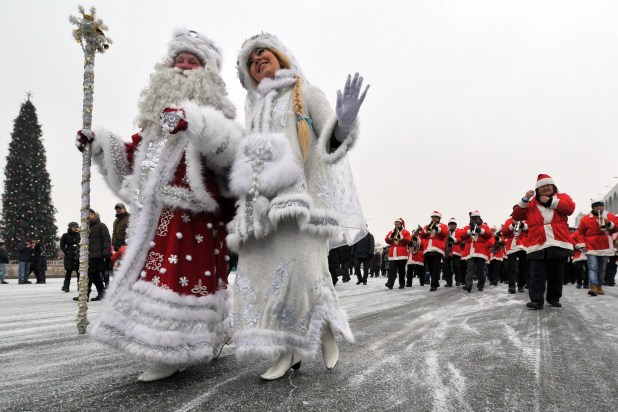
The most wonderful time of the year again! Christmas traditions across Europe are as varied as the landscapes that they are all set in. Here are some facts and traditions.
Christmas markets are a beloved part of holiday traditions in Europe. Market stalls fill medieval town squares in front of centuries-old churches and palaces. Local artisans sell their handcrafted goods—toys, ornaments, decorations, and sweets—and each city established unique traditions that captured the spirit of their people. Christmas Markets dazzle with twinkle lights, legendary cities celebrate in style, and Europe’s time-honored traditions come to life.
Christmas Facts
- First Christmas Celebrations were in Rome around 336. It became a major Christian festival on the 9th century.
- Christmas Colors in Europe symbolize: Red Jesus Blood, green eternal life (evergreen tree which does not lose its leaves in the winter), gold is one of the three gifts of the Magi, symbolizing royalty.
- The most Christmassy tradition is in Rovaniemi, Finnish Lapland. Known as the official hometown of Santa Claus, it offers a range of magical experiences: e.g. visit Santa Claus Village, witness the Northern Lights, enjoy snowy landscapes.
- 12 Christmas Symbols: star, stocking, candy cane, poinsettia, wreath, evergreen tree, dove, snowflake, jingle bells, present, angels, and lights.
- Giving presents during Christmas symbolizes the three wise men gifts to Jesus.
- It takes about 15 years to grow the average Christmas tree.
- Norway Spruce is the traditional Christmas tree which has been popular since Victoria times with short and thin, varying bright and deep green pointed needles.
- Christmas tree is an evergreen conifer, such as a spruce, pine or fir, or an artificial tree of similar appearance.
- Greece: children flock from home to home to sing Greek Christmas carols or “kalanta”; Wish neighbors happy holidays, and get sweets, dried fruits and small change.
- The Candy Cane was invented in Germany, made into a J for Jesus, with red stripes symbolizing his blood.
- The tallest Christmas tree ever displayed measuring 67-meter was in Seattle, Washington.
- Christmas came from the words Cristes Maesse meaning “mass of Christ.”
- Bing Crosby’s version of “White Christmas” is the highest-selling single of all time.
- Visa cards are used about 6,000 times every minute during the Christmas season.
- Christmas lights were so expensive that they used to be rented rather than sold.
- Jingle Bells was originally a song about Thanksgiving in 1857.
- The X in X-Mas is not an abbreviation. It actually stands for “Chi”, meaning Christ in Greek.
- The first batch of eggnog originated from medieval Britain’s drink “Posset” — a hot milky ale-like drink.
- The most popular theory of why we leave cookies and milk out for Santa, is claimed to be reklated to the Dutch children tradition.
- The concept of caroling had nothing to do with Christmas. Medieval carols were liturgical songs in the 12th century, while traveling to different homes came from a tradition in England of wishing good fortunes to your neighbors in exchange for gifts.
- The Ancient Greeks considered the mistletoe an aphrodisiac, and hence kissing under it brings luck in love life.
- For many Europeans, the season’s main event is Christmas Eve celebrated with Midnight Mass, a grand meal and gift-giving. The “Twelve Days of Christmas” stretch from December 25 until January 6, which is Epiphany, the day the Three Kings delivered their gifts.
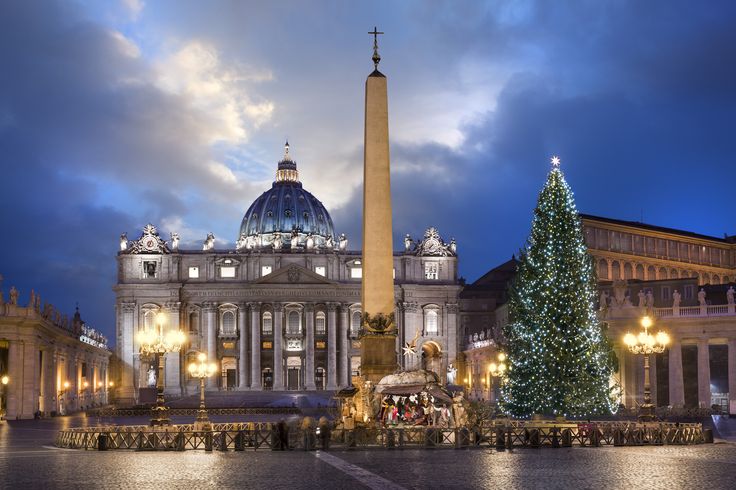
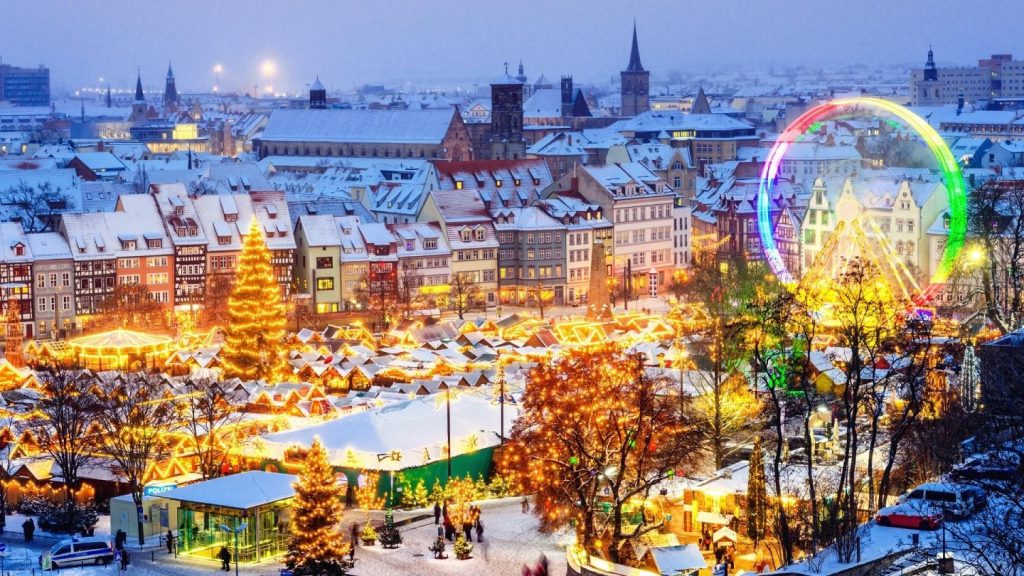
Uncommon Christmas Traditions
- ITALY: has a Christmas witch called Befana. i.e. an old woman or witch who delivers gifts to children throughout Italy on Epiphany Eve (the night of January 5) in a similar way to Santa Claus or the Three Magi Kings. A wooden puppet depicting the Befana.
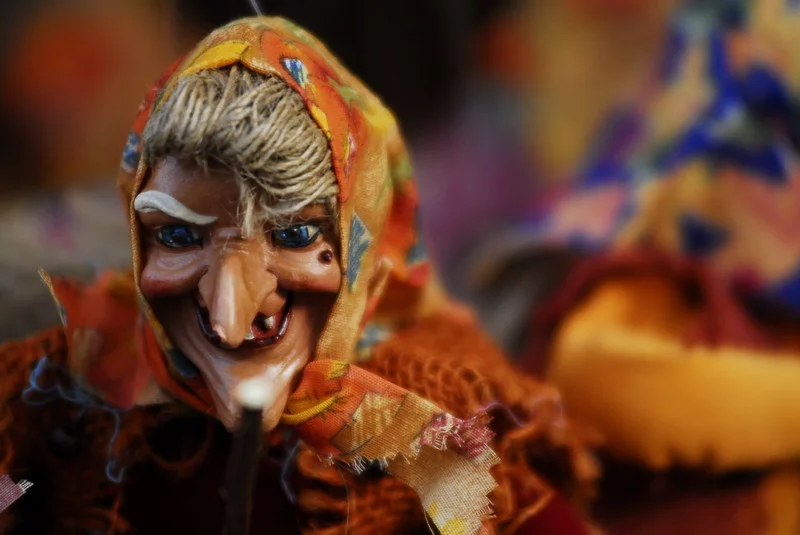
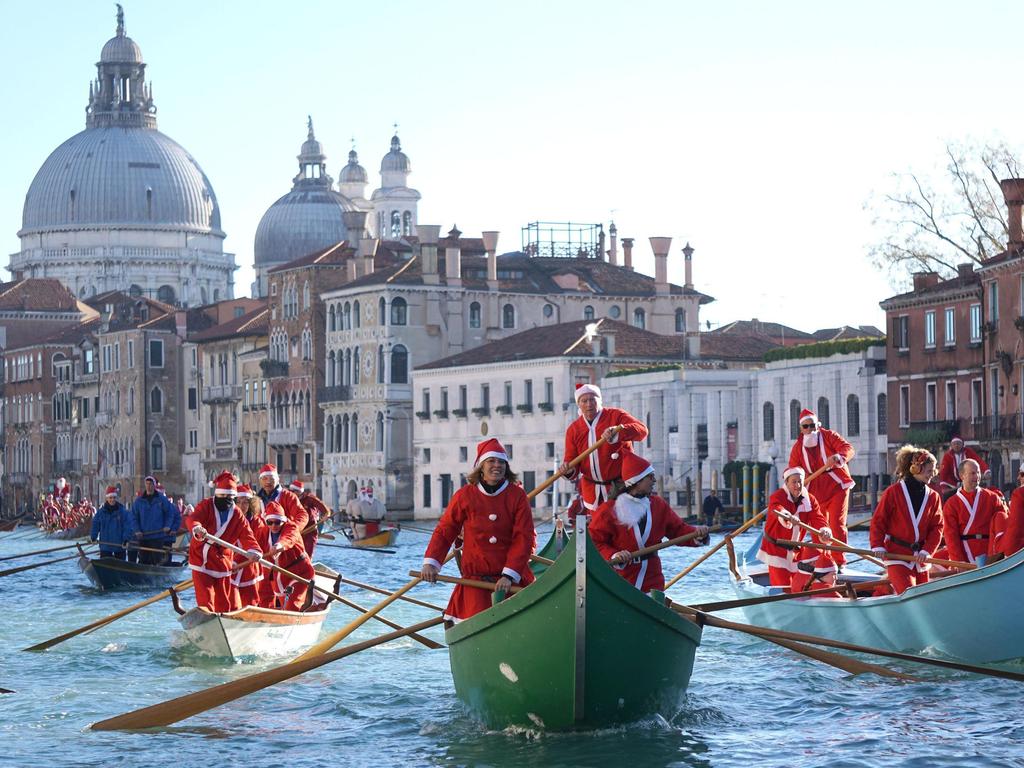
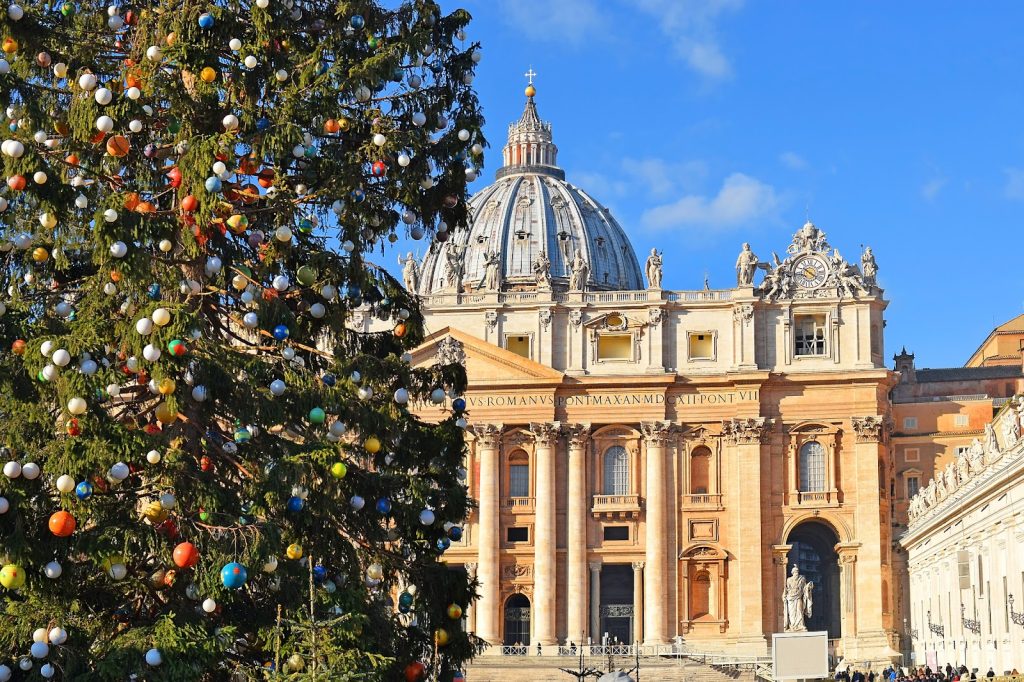
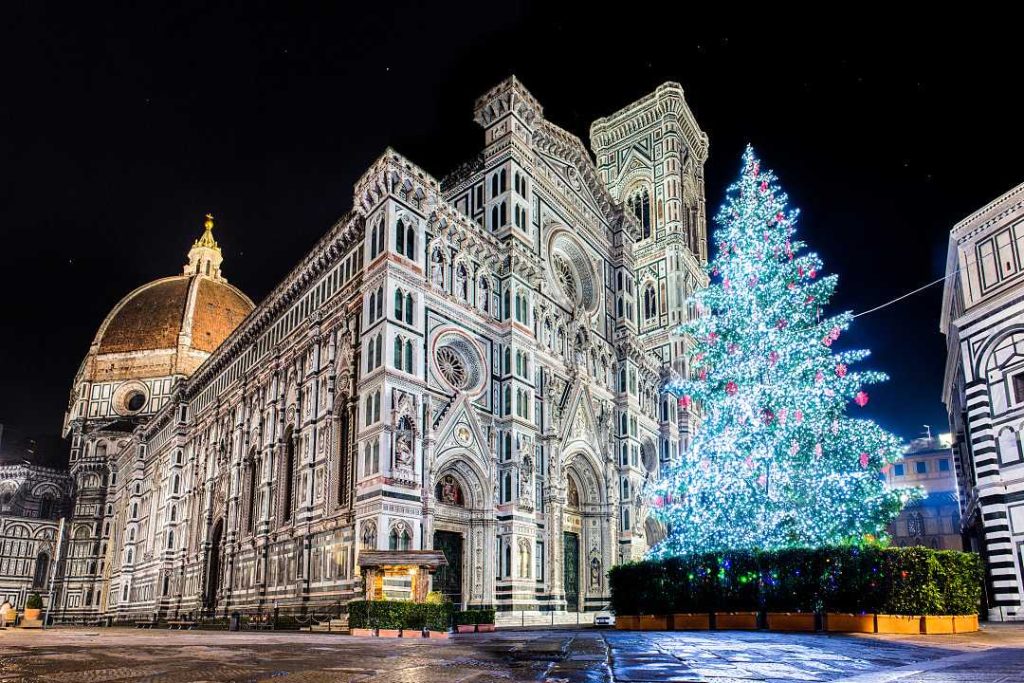
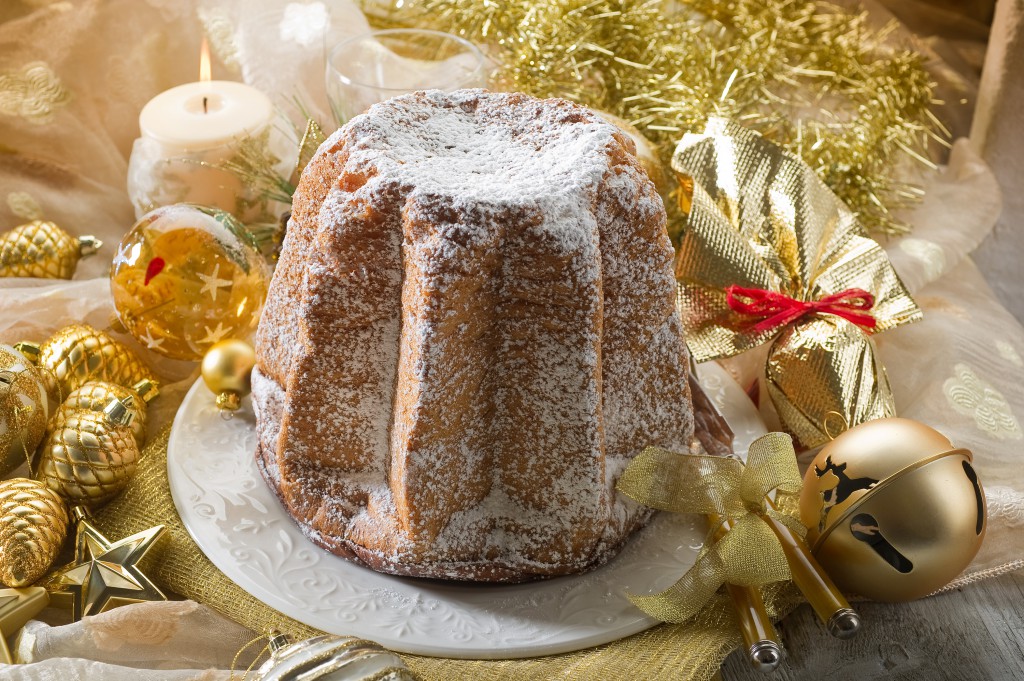
- FRANCE: Christmas for children is taken seriously in France and in fact a law in 1962 was passed ensuring that every child who writes a letter to Father Christmas (Papa Noel) gets a response – if a whole school class writes to Pere Noël – every child gets an individual reply!
- Strasbourg is the capital of Christmas. Its Christmas Market, renowned nationally dates back to 1570 i.e. typical market of traditional Alsatian symbols, e.g. hot wine, “bredele” cookies and decoration.Evenings preceding Christmas Day and New Year’s Day to have a réveillon which involves staying awake until midnight or later! French hosts push the boat out on this occasion and often the food is luxurious with plenty of wine and champagne.After Réveillon, it’s customary to leave a candle burning in case the Virgin Mary passes by.Dubbed the City of Light, on Christmas, Trees are draped with twinkling lights and colorful decorations are strung across the streets. Most areas of Paris get an extra sparkle for the festive season, but head to the Champs Elysées for the most over-the-top décor.Sparkling decorations on 150+ more streets in Paris, elaborate creations in department store windows, spectacular over-the-top light shows at Disneyland Paris, and cheerful strings of lights at the famous Paris Christmas markets.Les Treize (13) desserts: This is a Provençal French Christmas tradition, e.g. have 13 desserts after the main (big) Christmas feast, as they symbolise Christ and the 12 apostles at the Last Supper.Le Père Fouettard: Father Spanker is the partner and helper of Saint Nicolas. He decides if each kid behaved good or bad. He is the one who does the ‘spanking’ to bad behaving children.The papillotes: Theses are the chocolates (or candied fruits) wrapped in golden sparking paper with fringed ends. Inside there is a little note written on it. The papillote was created in Lyon at the end of the 18th century.
- Festive circus, a popular feature of Christmas in France.
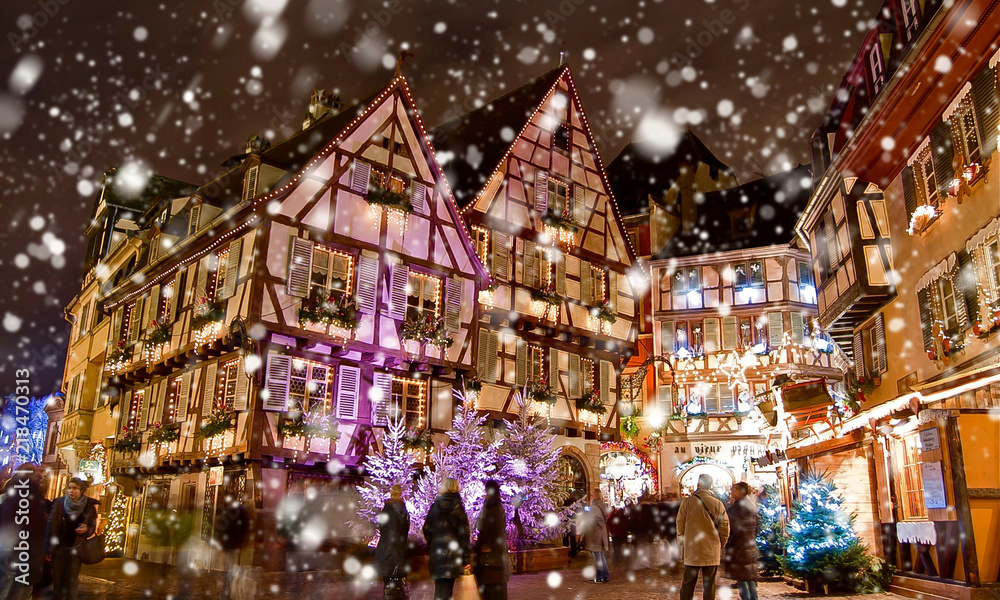
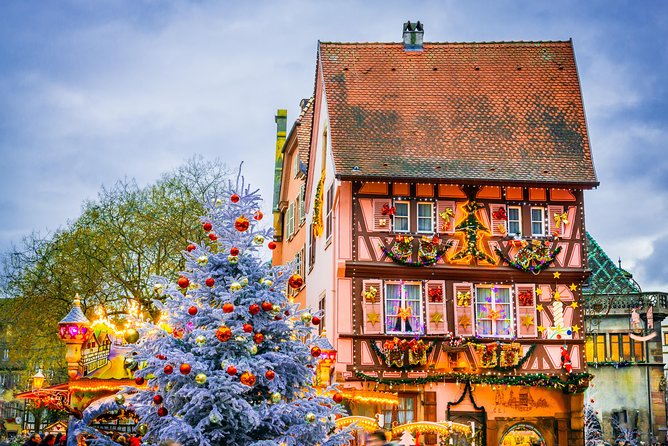
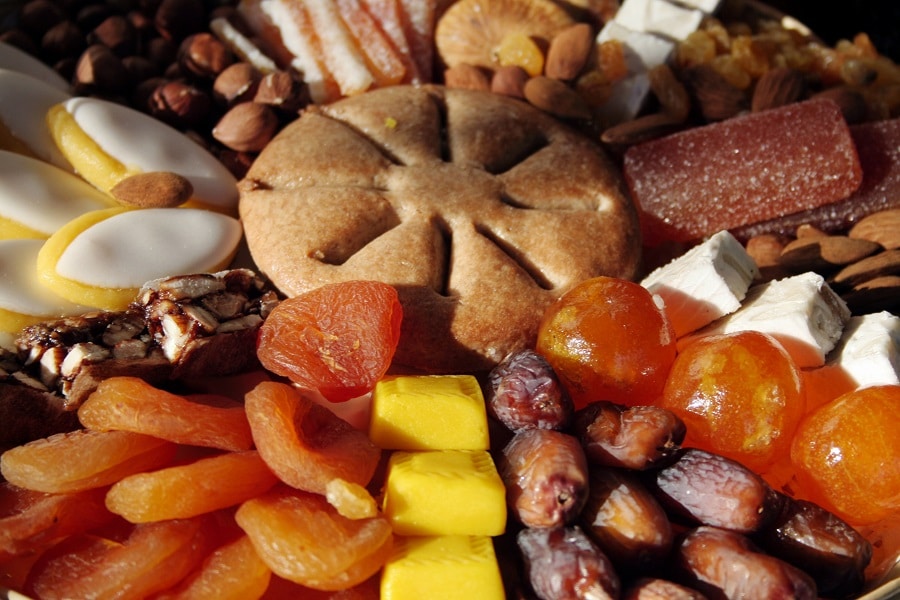
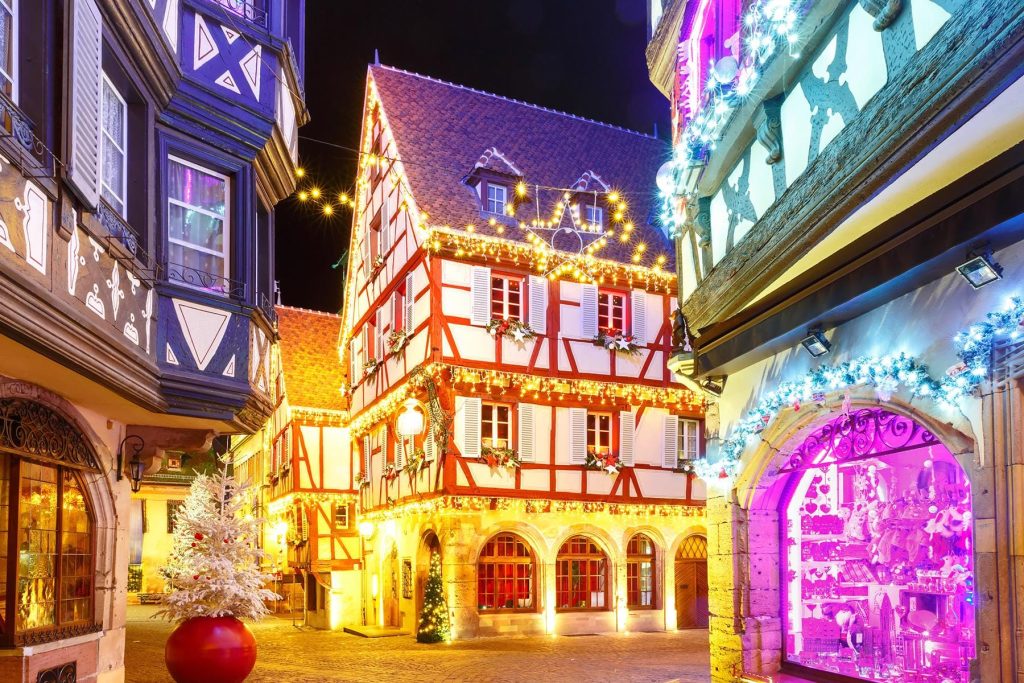
- SWITZERLAND, Zurich: With 150 stalls and operated completely indoors, a 50 foot Christmas tree adorned with Swarovski crystals welcomes visitors to Zurich as they arrive at the Main Train Station. The Zurich market is the largest indoor market in Europe, making it the perfect escape for those blustery cold evenings.
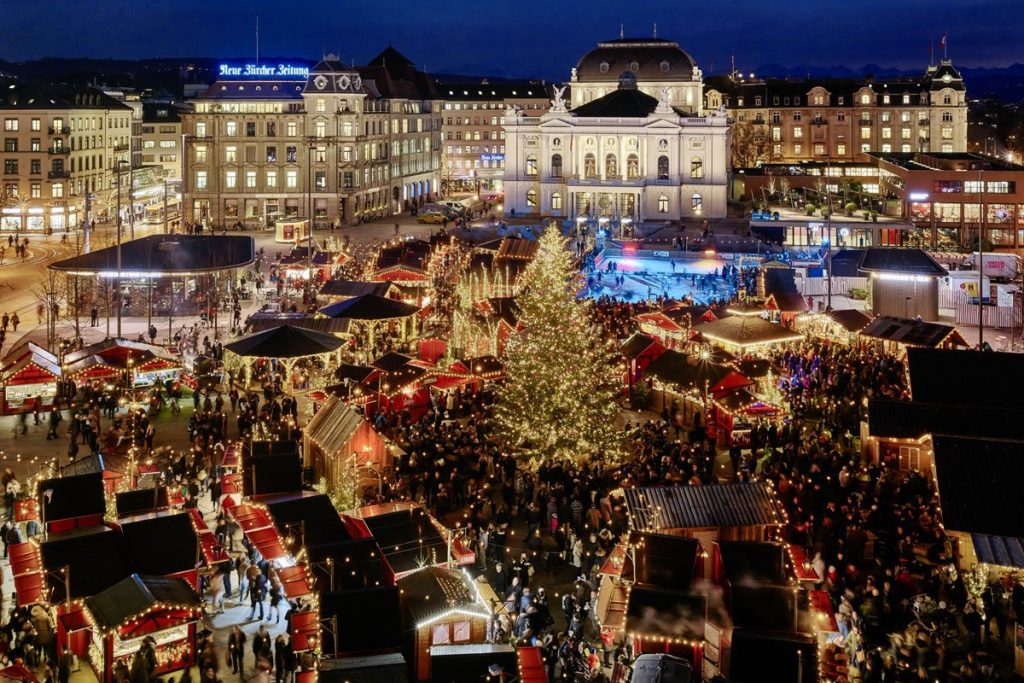
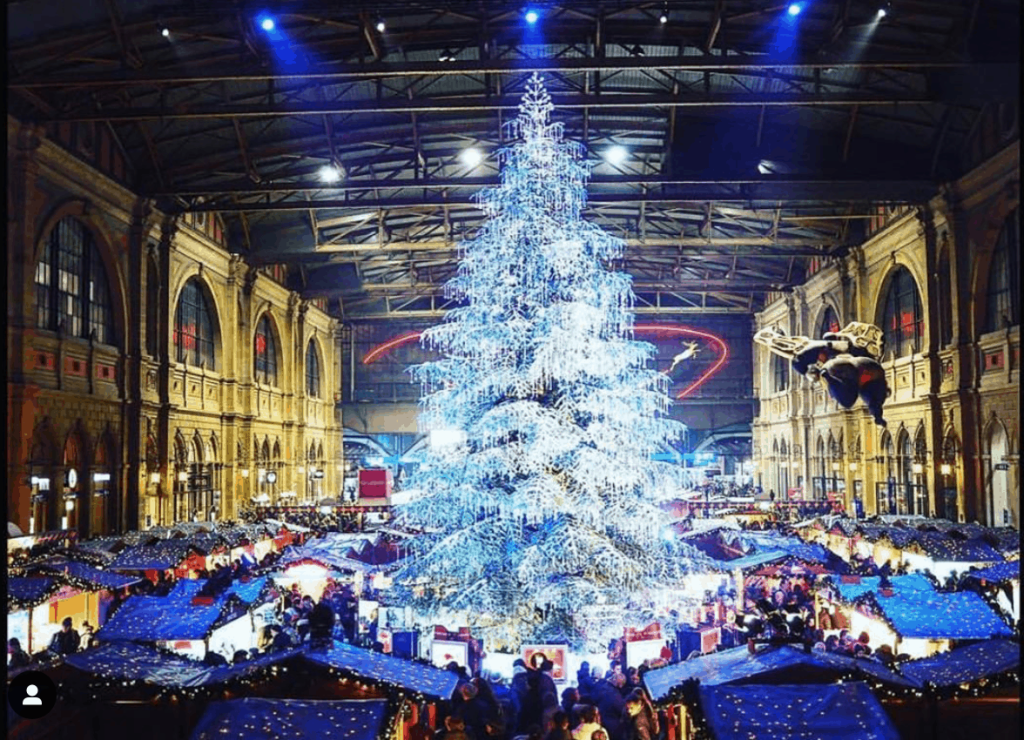
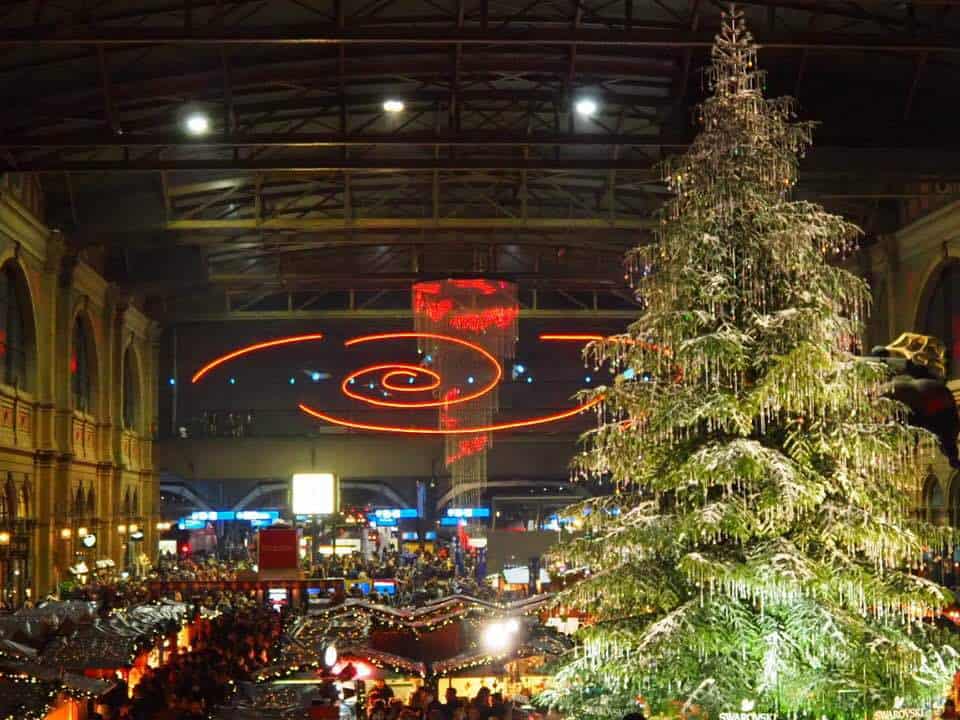
- CENTRAL EUROPE: and one of the scariest Christmas legend is “Krampus”. A demonic character, half-goat, half-demon monster, that wanders the streets with chains and bells looking for misbehaving children. He is the devilish companion of St. Nicholas. Krampus name derives from the German word Krampen meaning “claw.”
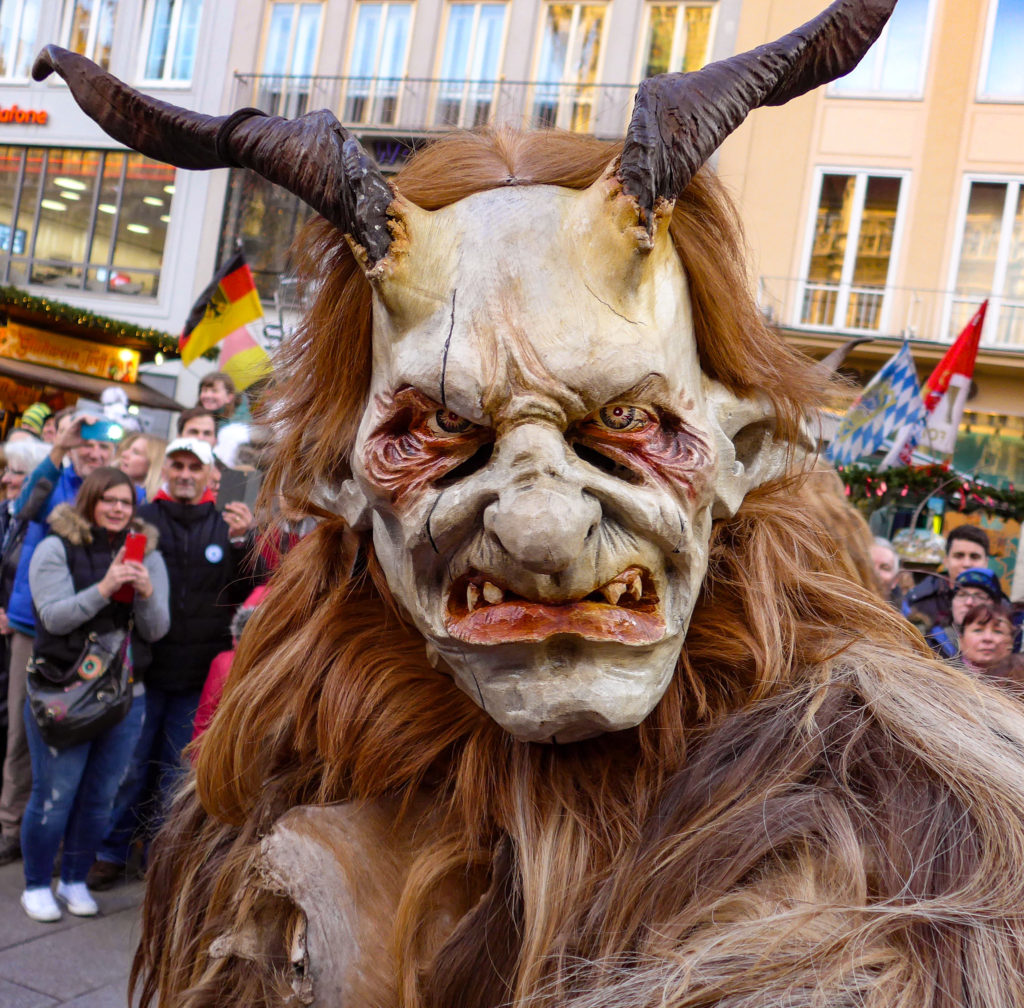
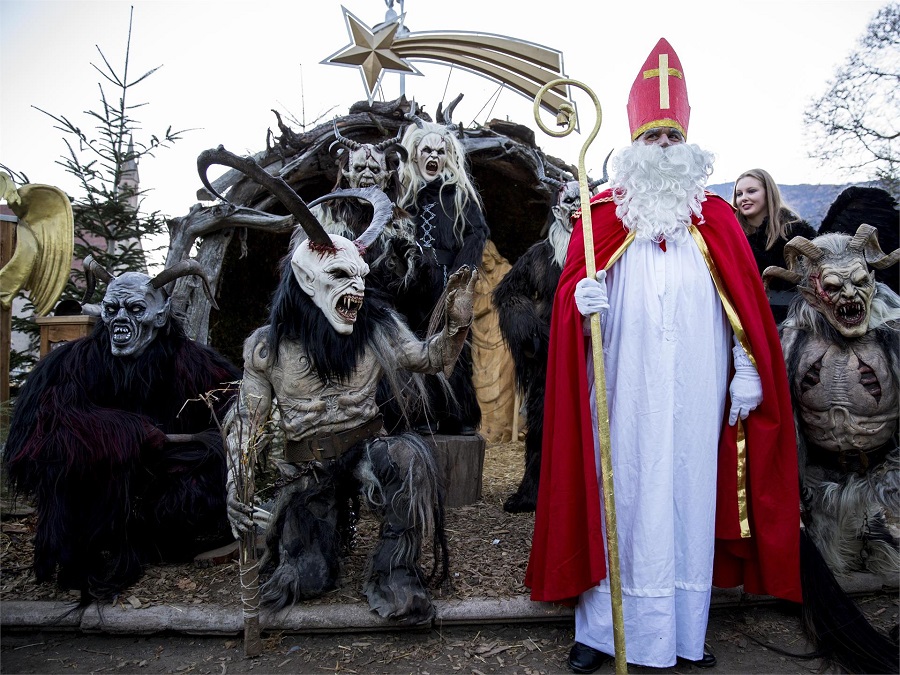
- DENMARK: people celebrate st. Lucia’s day on the 13th of december by paddling around copenhagen in kayaks lit up by christmas lights.
- Danish lovely tradition families follow: gather around the tree in a circle after the main Christmas meal, hold hands and sing Christmas carols together (usually after a few glasses of mulled wine!).
- Another Danish tradition: watch a different Christmas movie or TV show, every night.
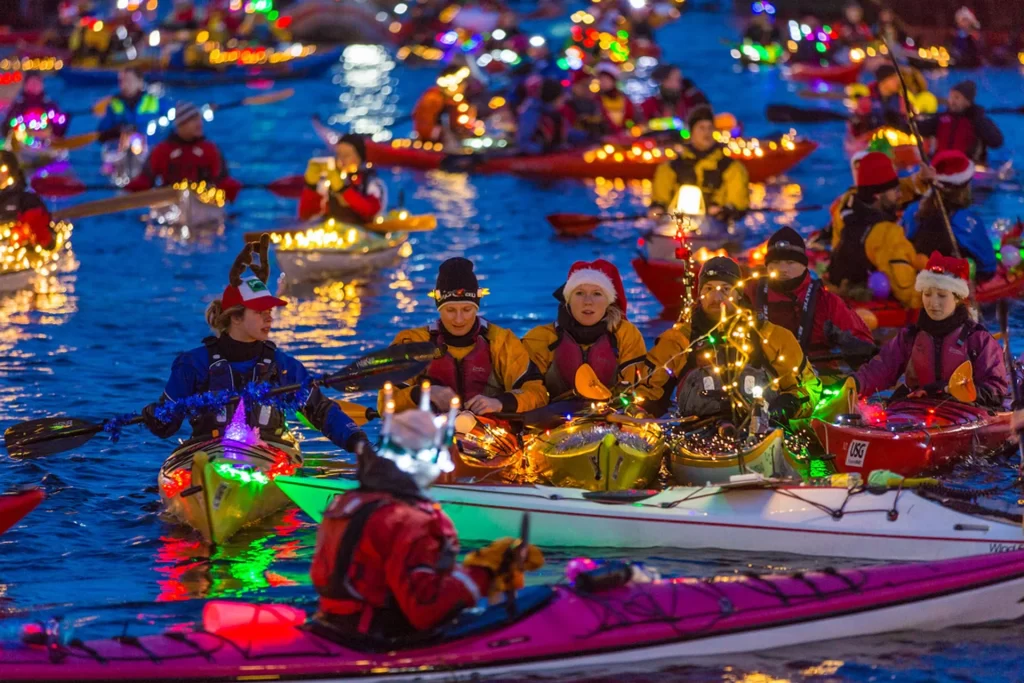
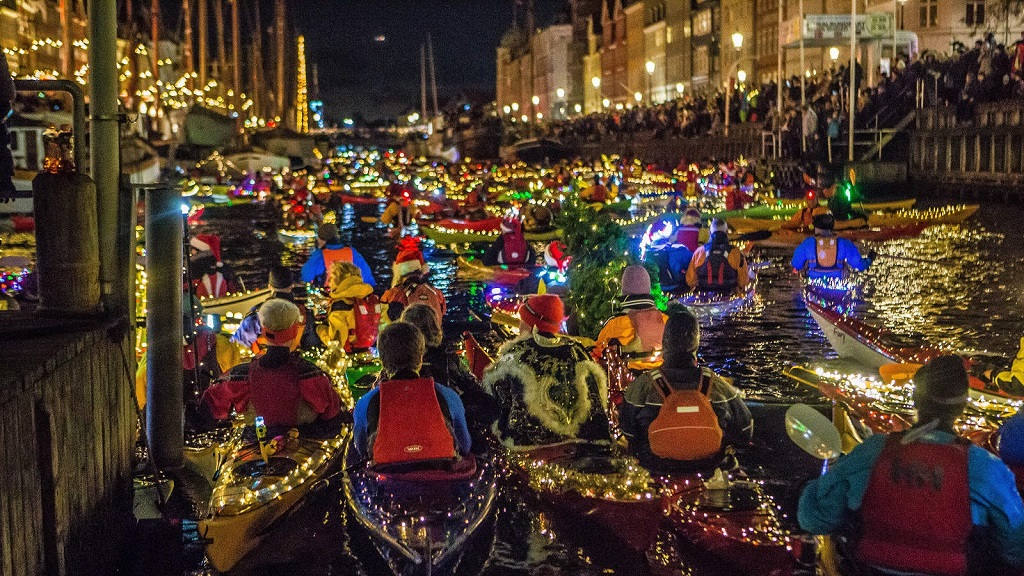
- GERMANY: Germans decorate their trees with pickle-shaped ornaments.
- Legend has it parents place a pickle in the Christmas tree after it is being fully decorated. Children with the best detective skills who find the pickle would get an extra present.
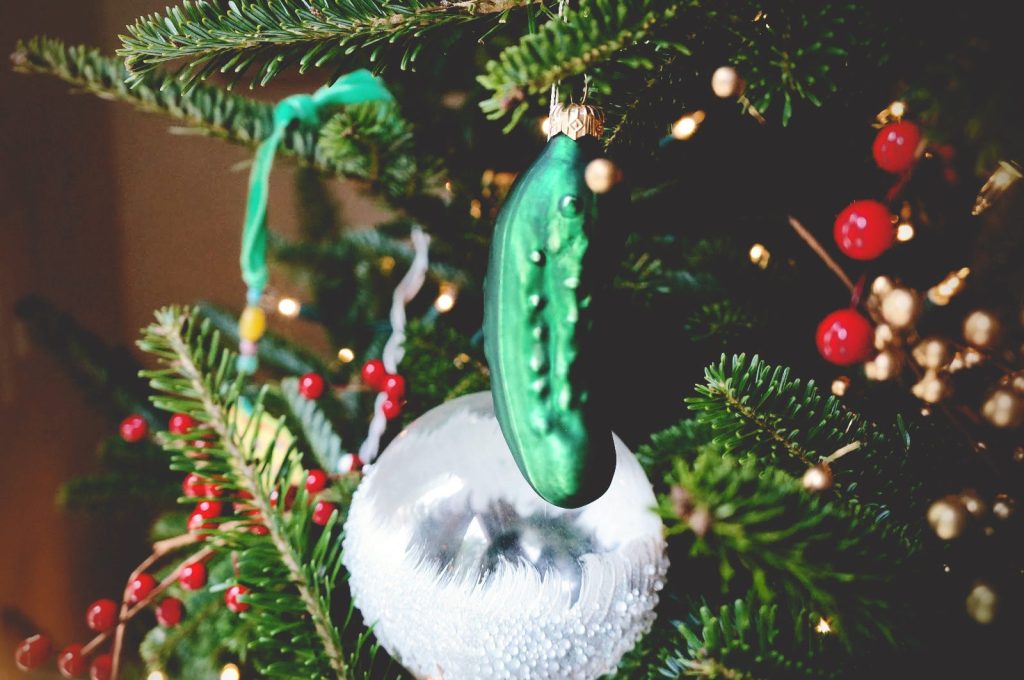
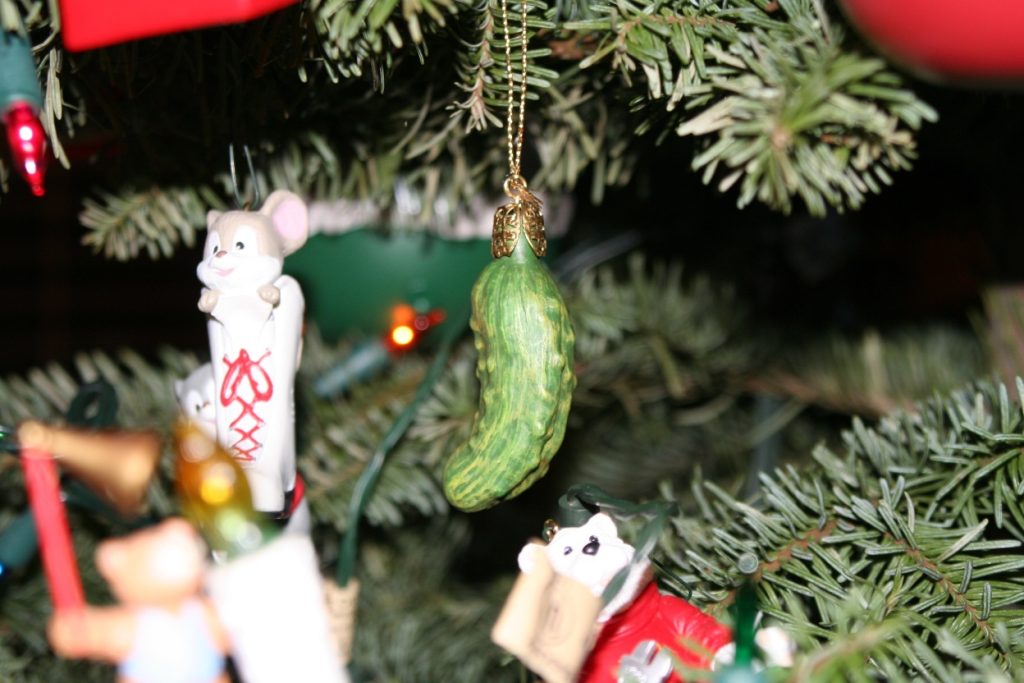
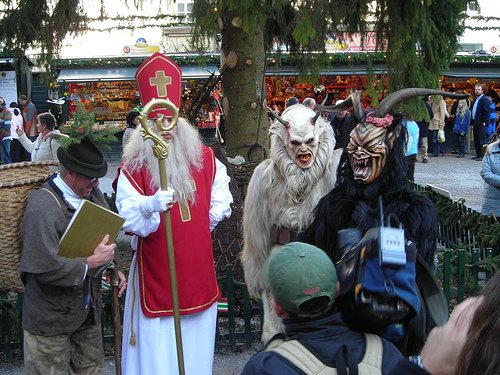
- THE NETHERLANDS: Dutch start as early as the 6th of December with St. Nicholas Day. Dutch children leave their shoes filled with treats and drawings by the windows to receive gifts in the morning. This is when Dutch celebrate Sinterklaas December 5th).
- Dutch have two (2) Christmas days. One Christmas is spent with one family, the other with the in-laws.
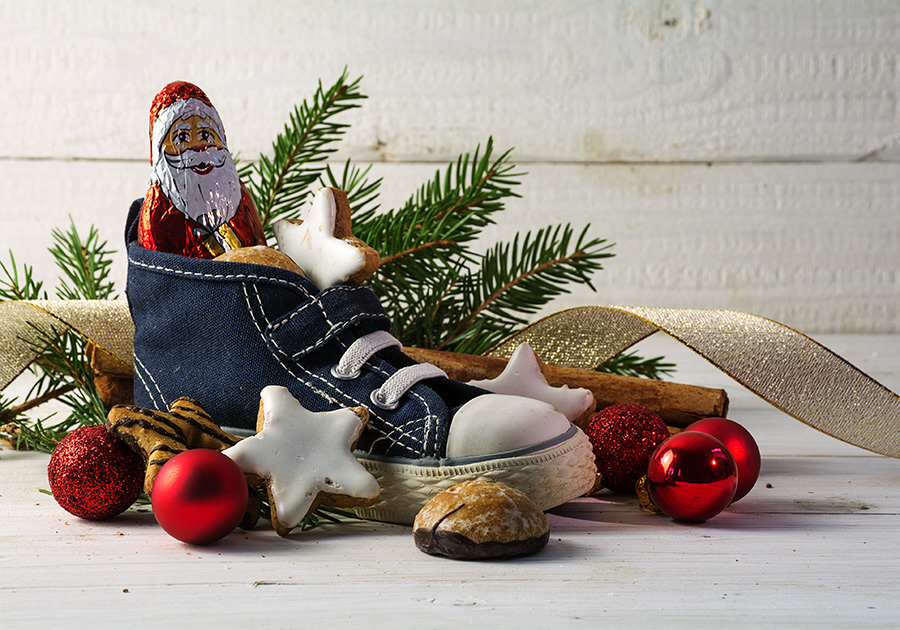
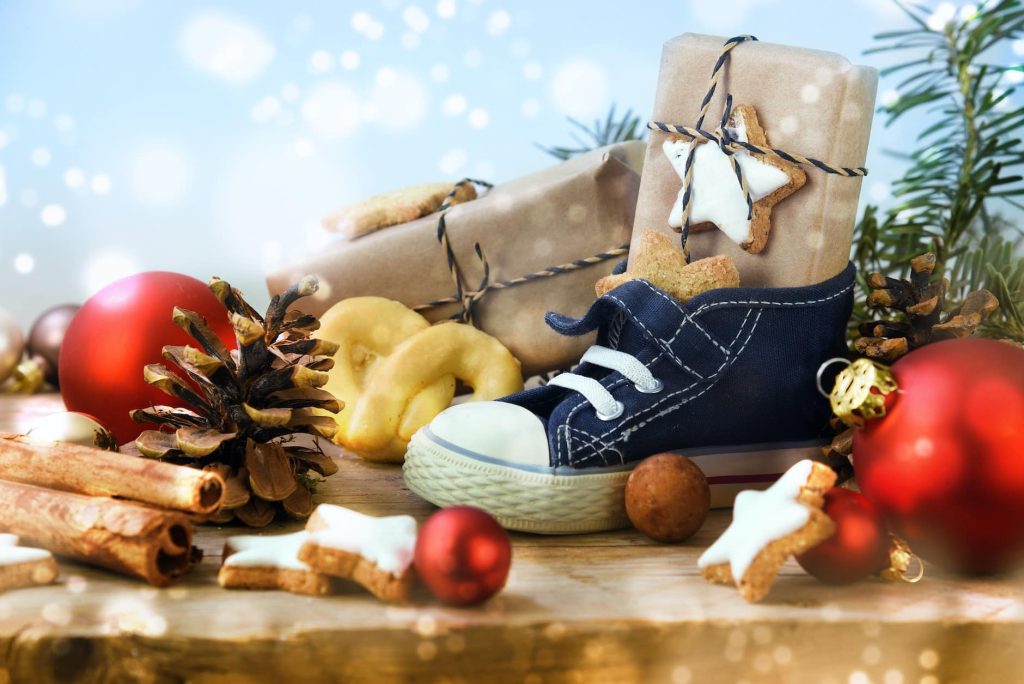
- SPAIN: Catalonian Christmas tradition, the Tió de Nadal (the “poop” log!). Every year on December 8th, the tió is brought in from the forest, covered with a blanket to keep it warm and fed treats to keep it full. Parents fill up the hollow log with sweets and chocolate. He is given so much food that, just before Christmas, he has to poop. On Christmas Eve, Catalans kids are rounded up and begin to hit the tió with a stick, while singing ‘poop sweets tió, if you don’t want to poop, we will hit you with the stick. And Tió de Nadal so it “poos” out sweets.
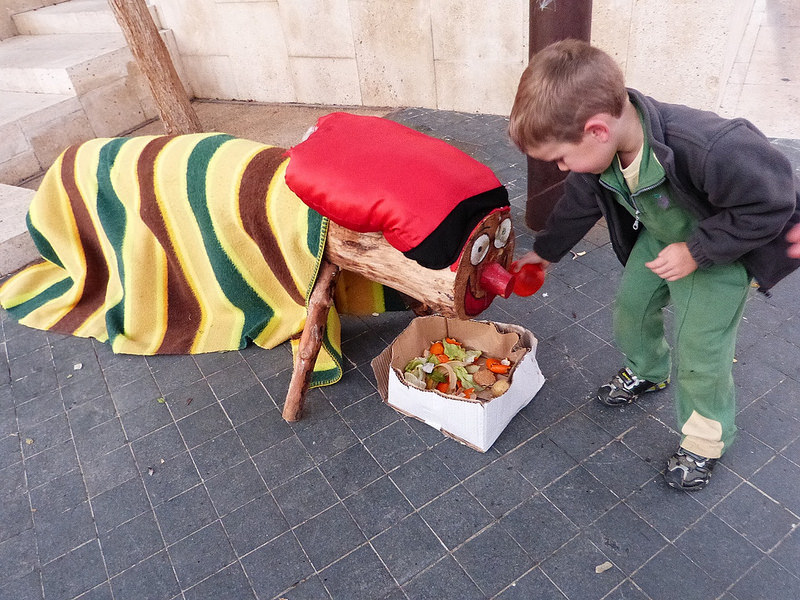
- HUNGARY: Locals make a Christmas wreath of four candles. Each Sunday in December, they’ll light one candle. The last is lit on Christmas Eve. Tree is put up, decorated with sweets.
- Christmas tree is brought in by angels on December 24th. Tree are decorated with kilos of a special candy called Szaloncukor (sweet fondant covered in chocolate and wrapped in shiny foil). The foil wrappers are empty by January 6th when the Christmas tree’s been taken off.Christmas custom: Cut an apple into as many slices as the number of family members around the dinner table, who then eat it together. It is believed to ensure they will still be sitting around the same table together the next year.
- Saint Nicholas or Mikulás is celebrated on December 6th. Children polish their shoes the night before, place them on their windowsills. If they have been good, shoes will be filled with sweets. If they have been naughty, Mikulás’ helper, Krampusz, a mischievous devil, will leave a bundle of sticks wrapped in foil instead.
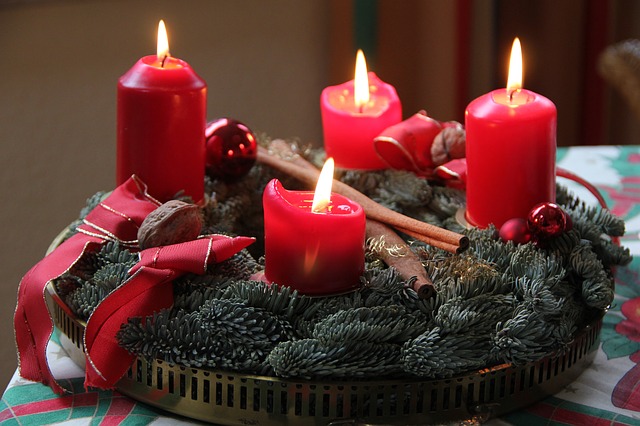
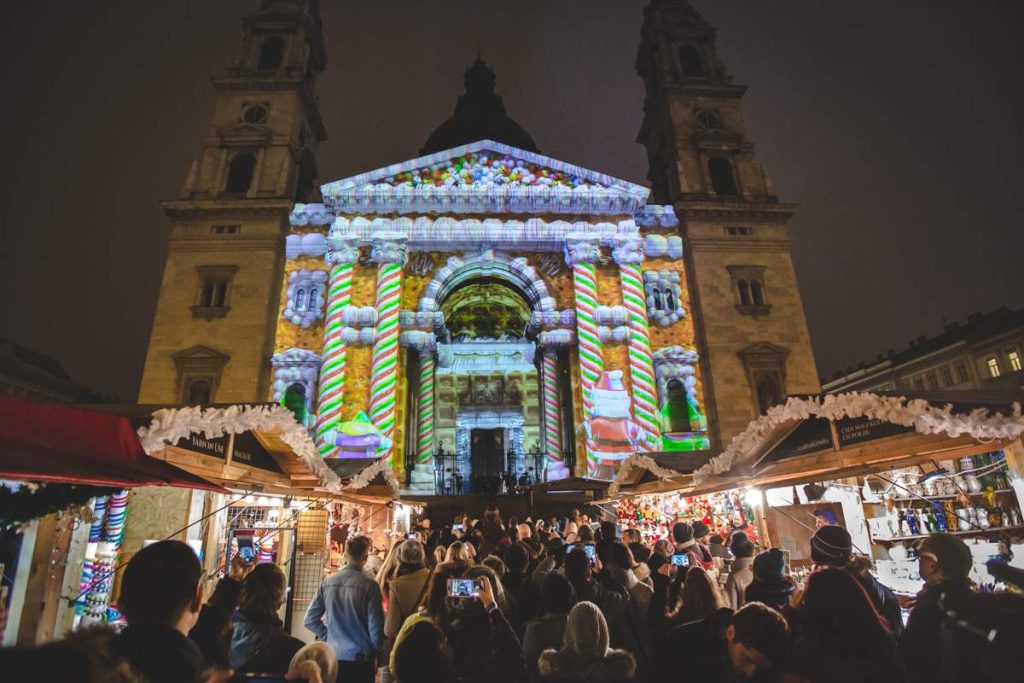
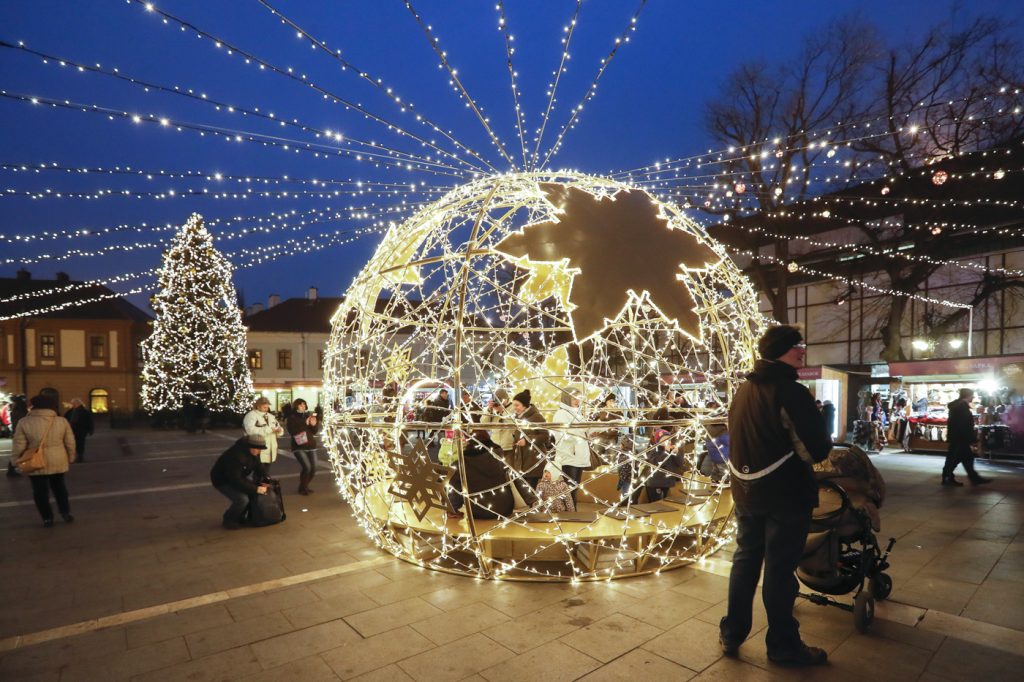
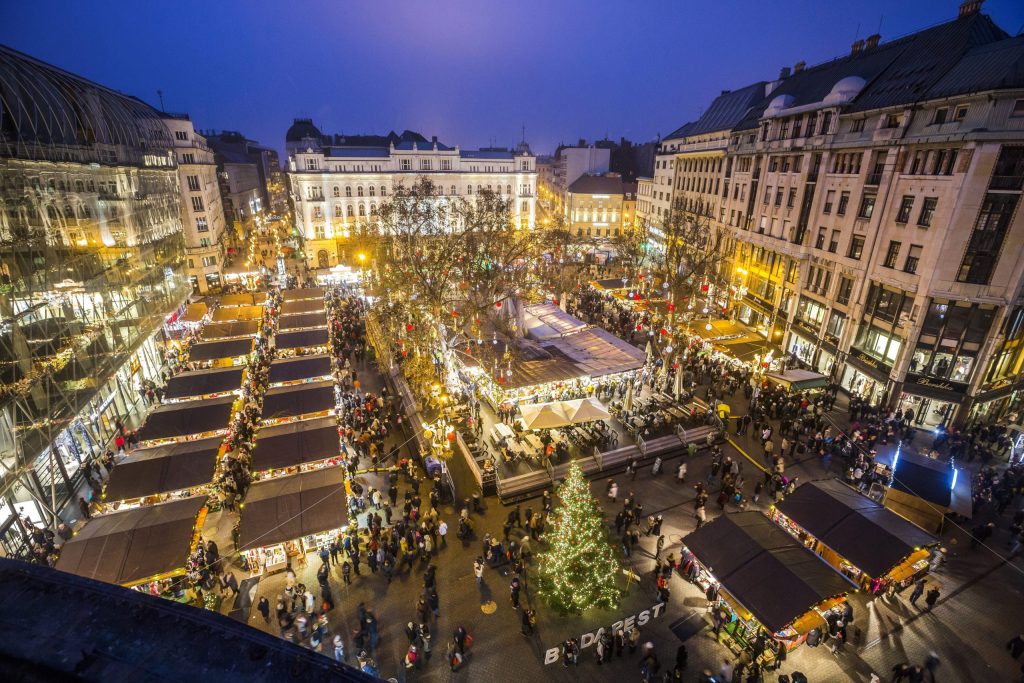
- ICELAND: People exchange books as gifts and tell a legend about a giant cat devouring everyone who doesn’t wear at least one new item on christmas.
- Celebrates 13 days of Christmas. Icelanders begin their festive celebrations on 12 December. On the 13-nights leading up to Christmas, Icelandic homes are visited by the 13 Yule Lads (“Jólasveinar”), creatures from festive Nordic folklore.
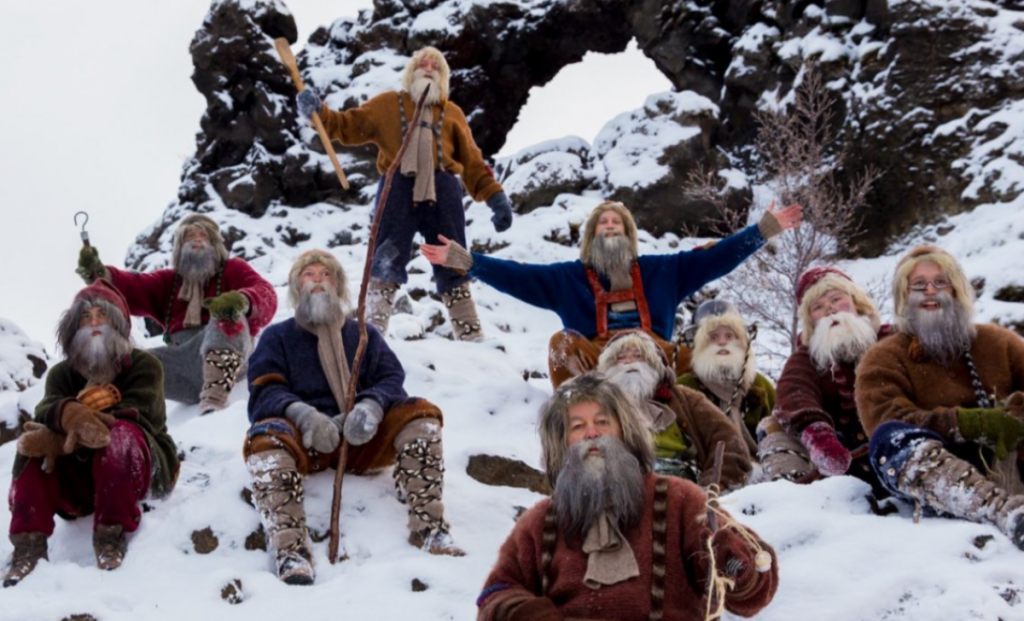
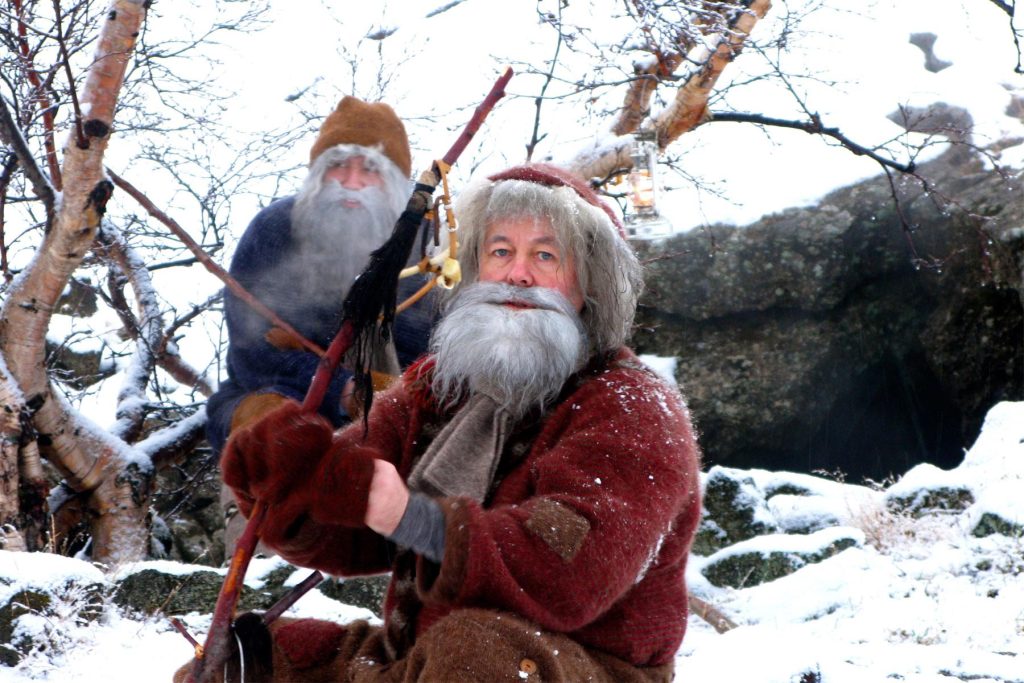

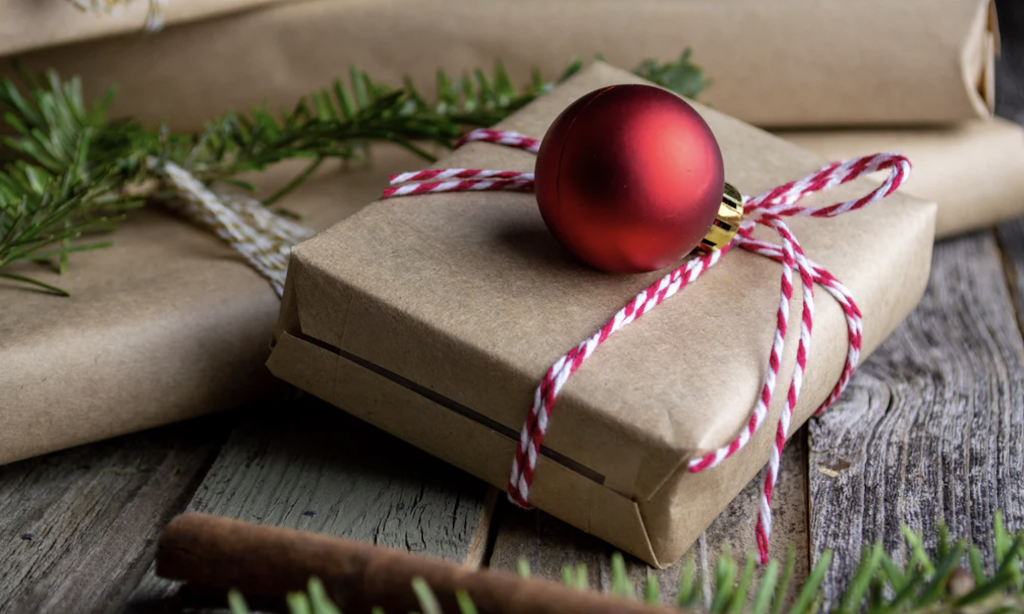
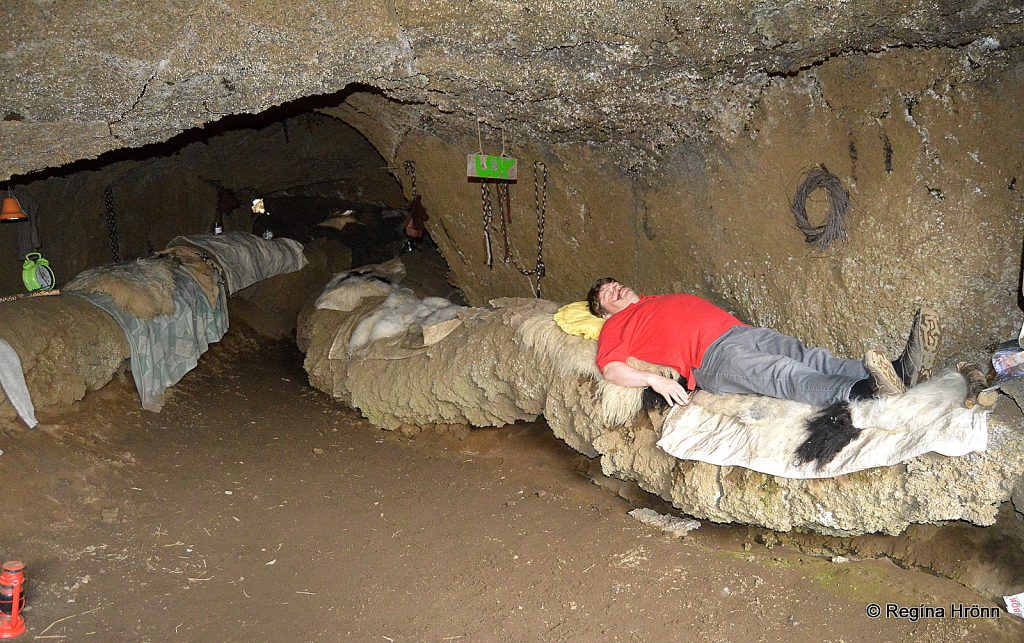
- FINLAND: At 12 noon on Christmas Eve, “Christmas peace” is declared and observed for 20 days. Finnish Christmas is quiet: people avoid crowds and noise. A Christmas Eve sermon followed by sauna bathing is an ancient Finnish Christmas ritual welcoming ancestral spirits.
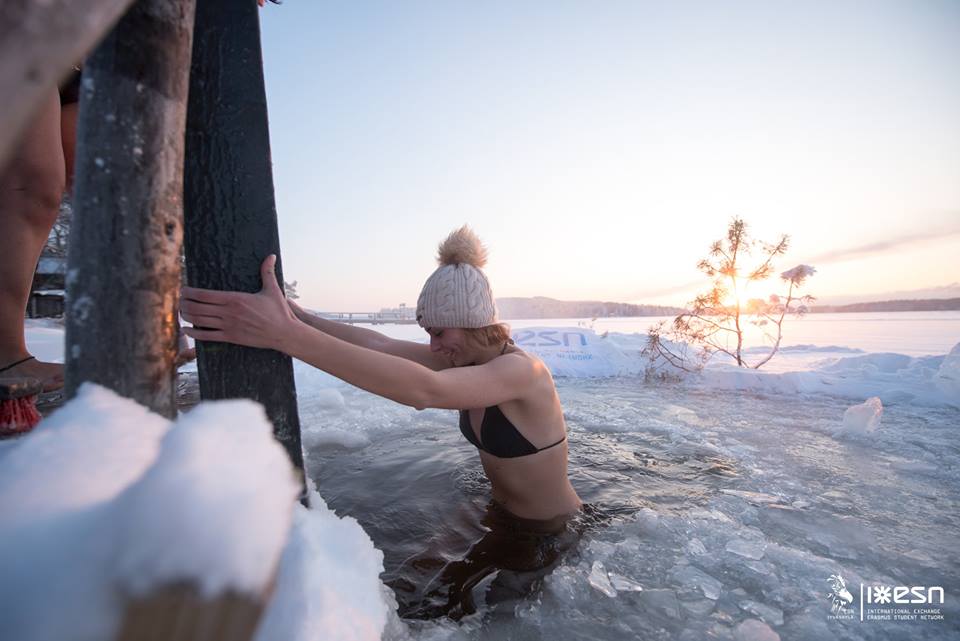
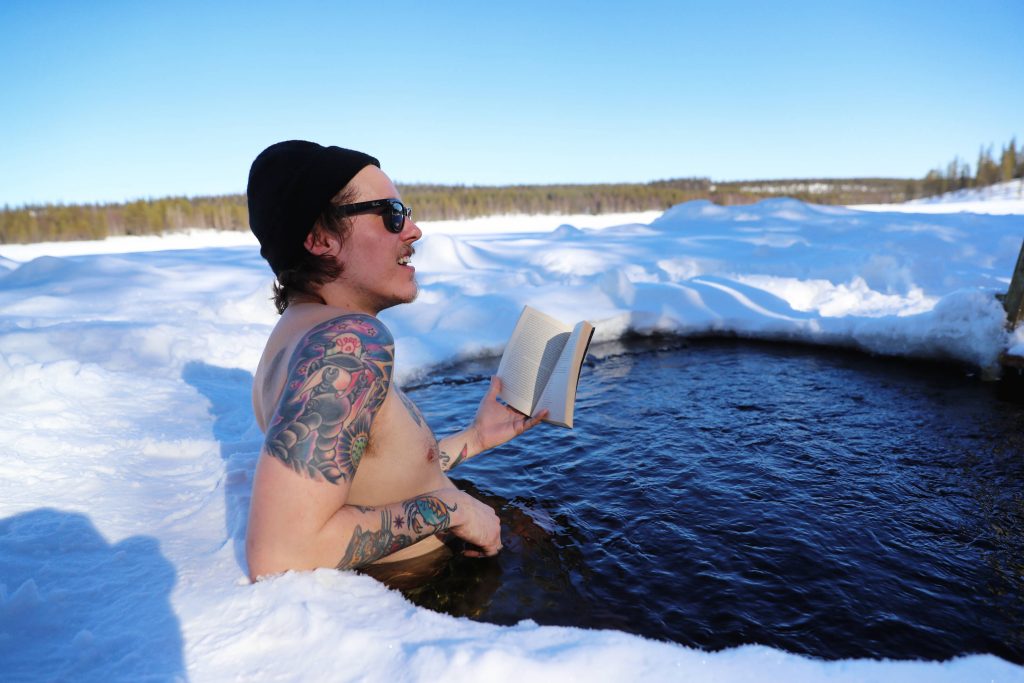
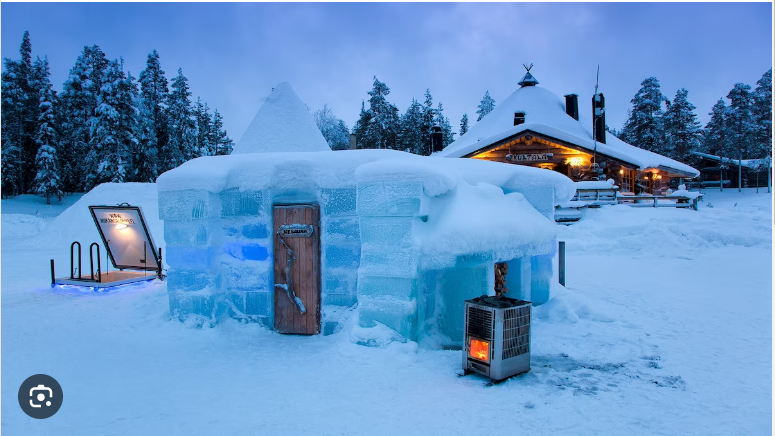
- IRELAND: The irish leave a lit red candle by the window to light the road to bethlehem for Mary and Joseph….and embark on a pub crawl including 12 pubs, pints, christmas sweaters, and creative games
- SWEDEN: Swedish families gather in front of TVs to watch vintage disney cartoons.
- Swedes turn Christmas gift unwrapping into a memorable routine i.e. write a short poem on the outside of each present, giving whoever is receiving it a clue as to what’s inside.
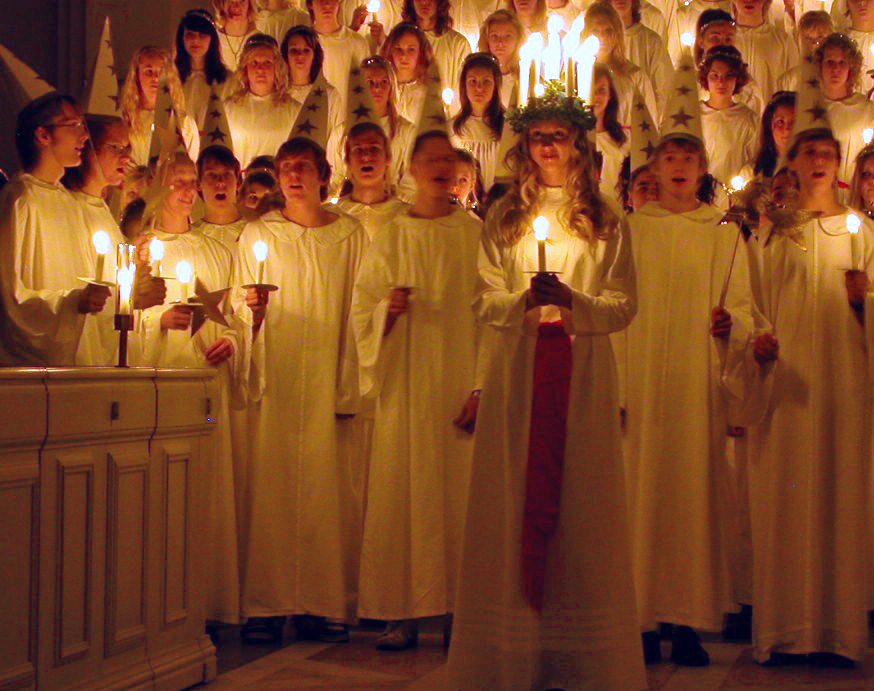
- UKRAINE: Ukrainians decorate their houses with spider webs.
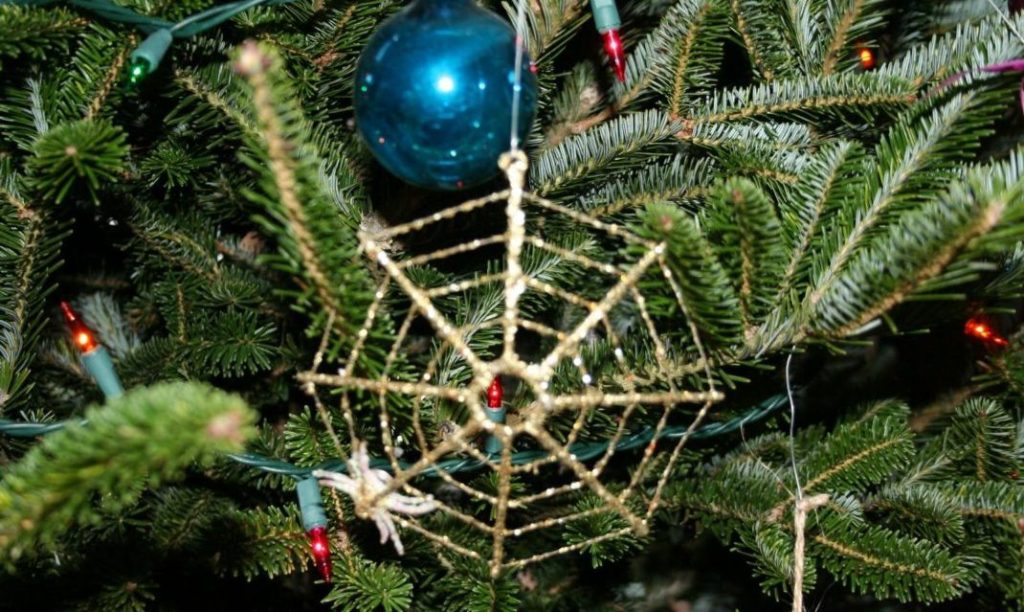
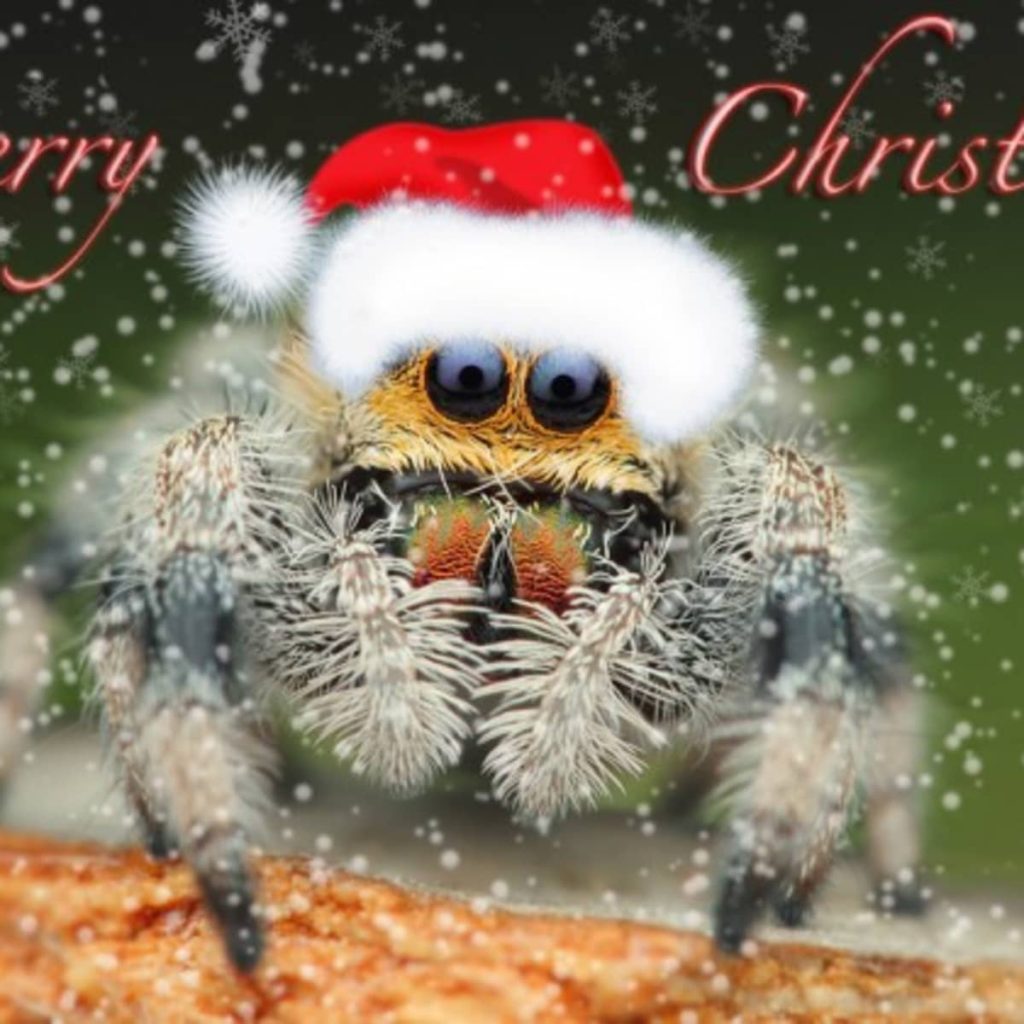
- POLAND: people leave an extra setting for an unexpected guest during dinner, put a bit of hay under the tablecloth, and prepare 12 dishes.
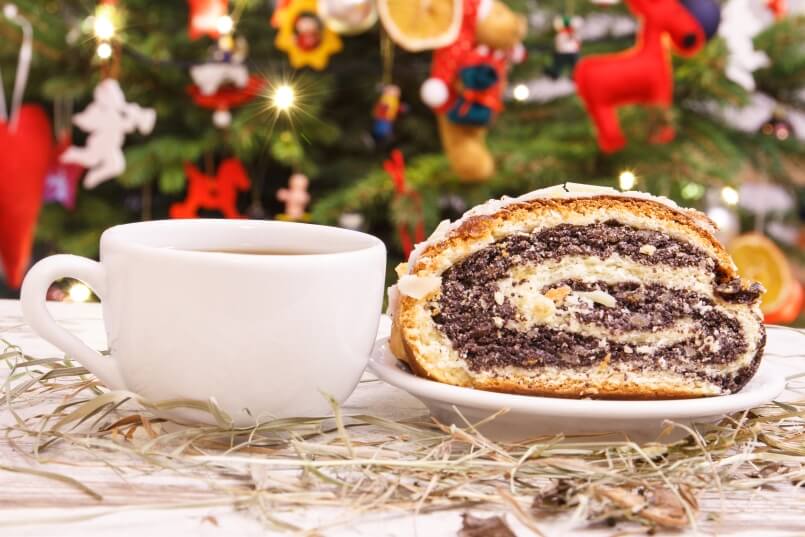
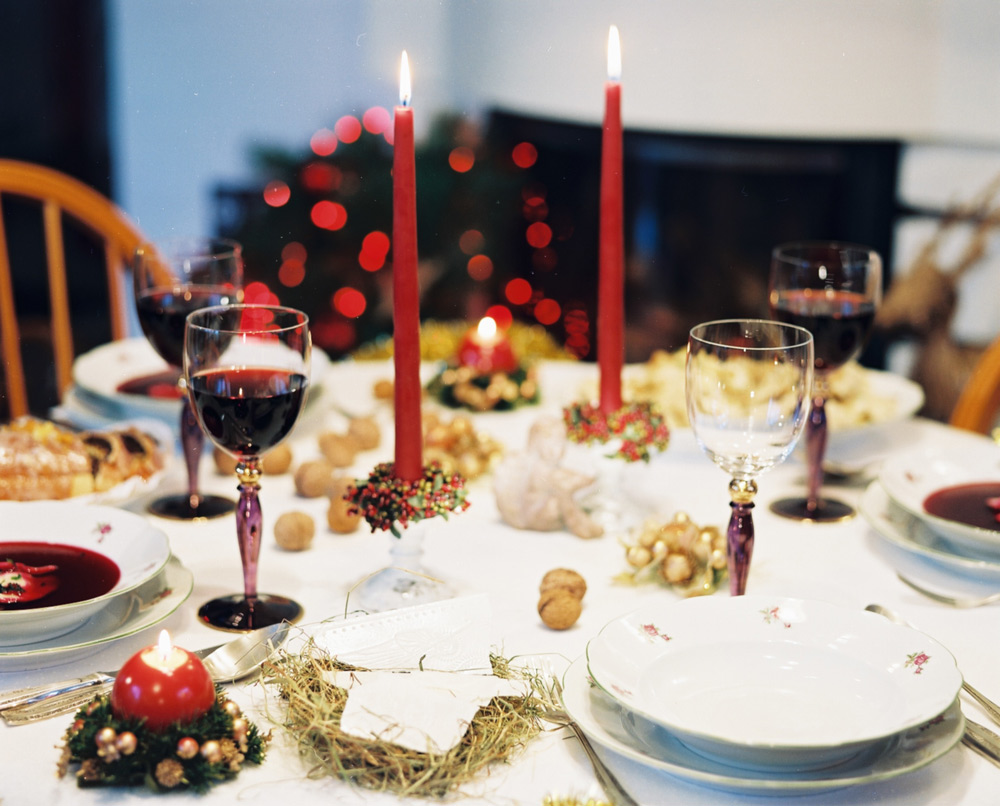
- NORWAY (Julaften): Norwegians hide all brooms on christmas eve to avoid being kidnapped by witches and evil spirits roaming the world on this night!
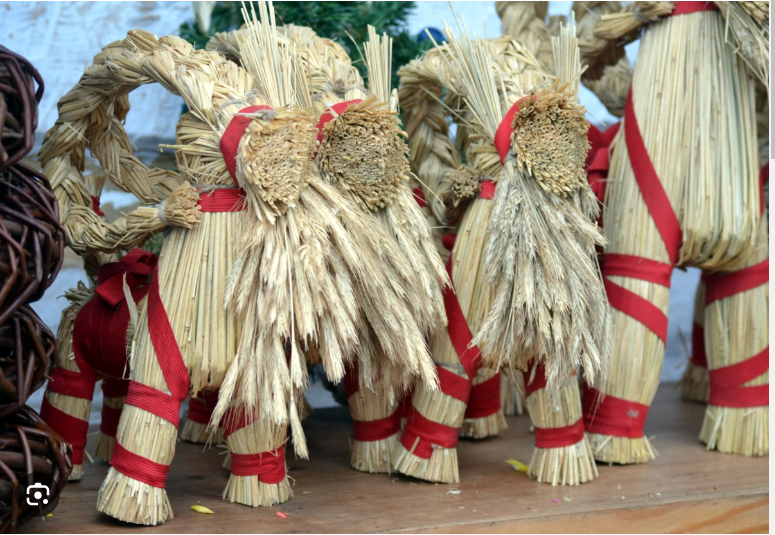
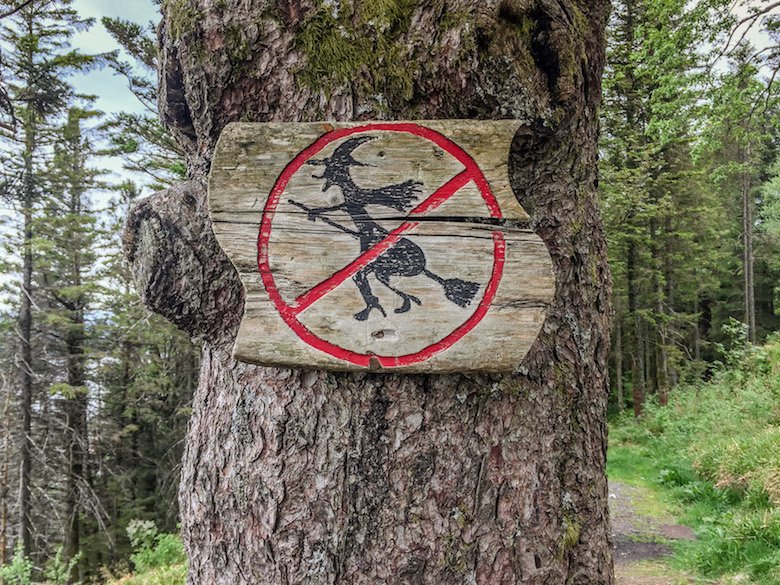
- WALES: The welsh parade a veiled horse skull decorated with ornaments and mounted on a stick around the town. Demanding entry into houses.
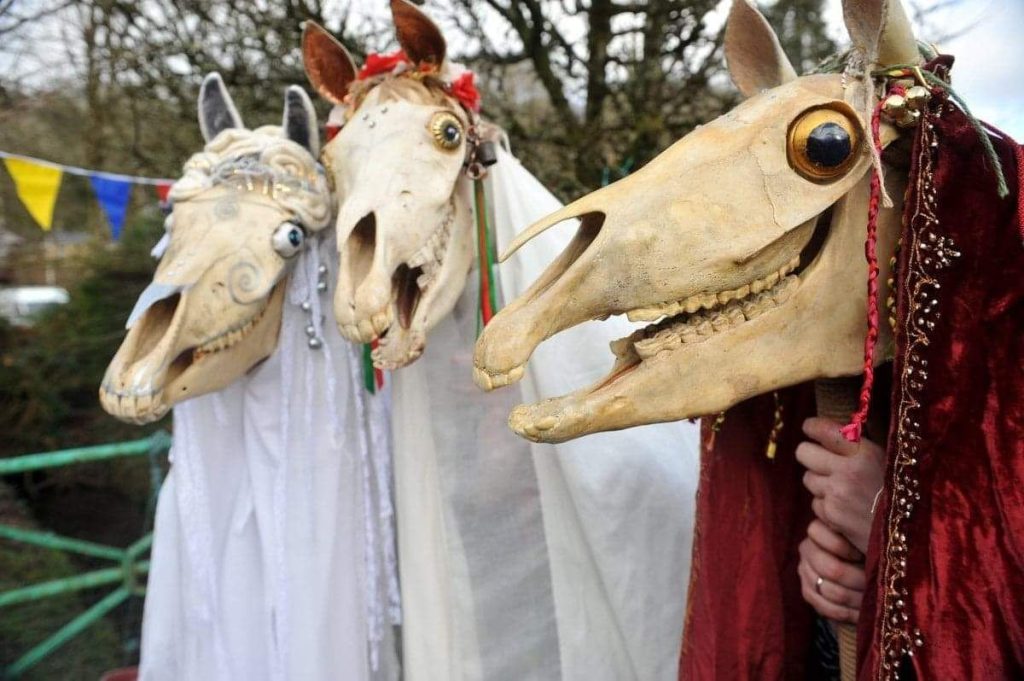
- ENGLAND: Christmas tree is a popular tradition since Prince Albert (Queen Victoria’s husband) who decorated one at Windsor Castle in 1841. This is where Father Christmas leaves gifts for children. In return, carrots, mince pies and beer are left out for him (and his reindeer) on Christmas Eve before children go to bed.
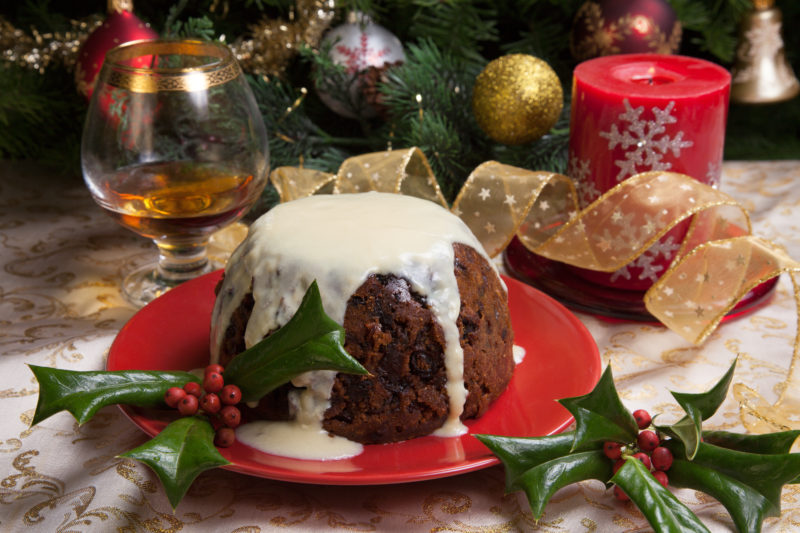
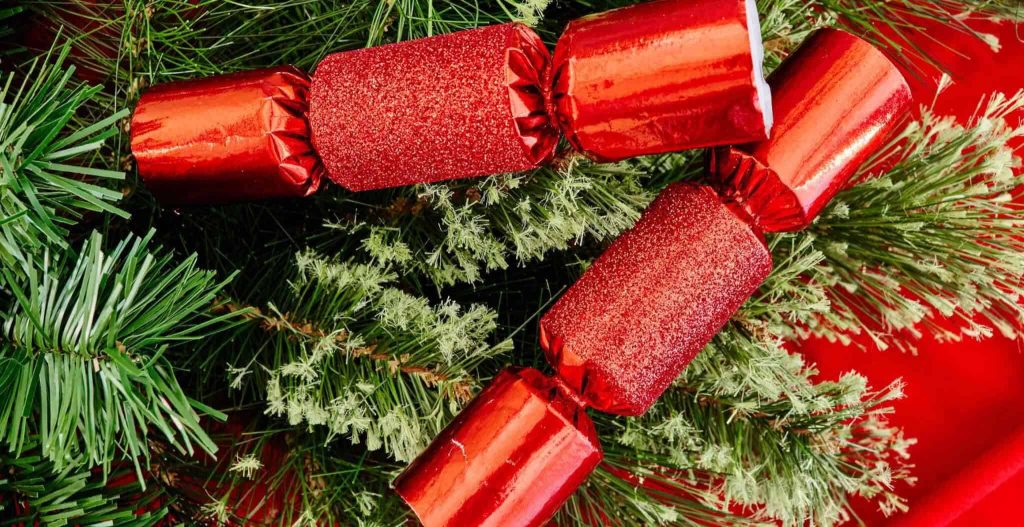
- CROATIA: One of the most important and unique Christmas traditions in Croatia is sowing the wheat (sijanje pšenice), which symbolizes fertility, new life, and its renewal.
- Preparations start early with Saint Nicholas Day on December 6th. Children clean their shoes and put them in a window. If they were good throughout the year, they would find sweets, and little presents in them. If they were naughty, they would get a golden switch.
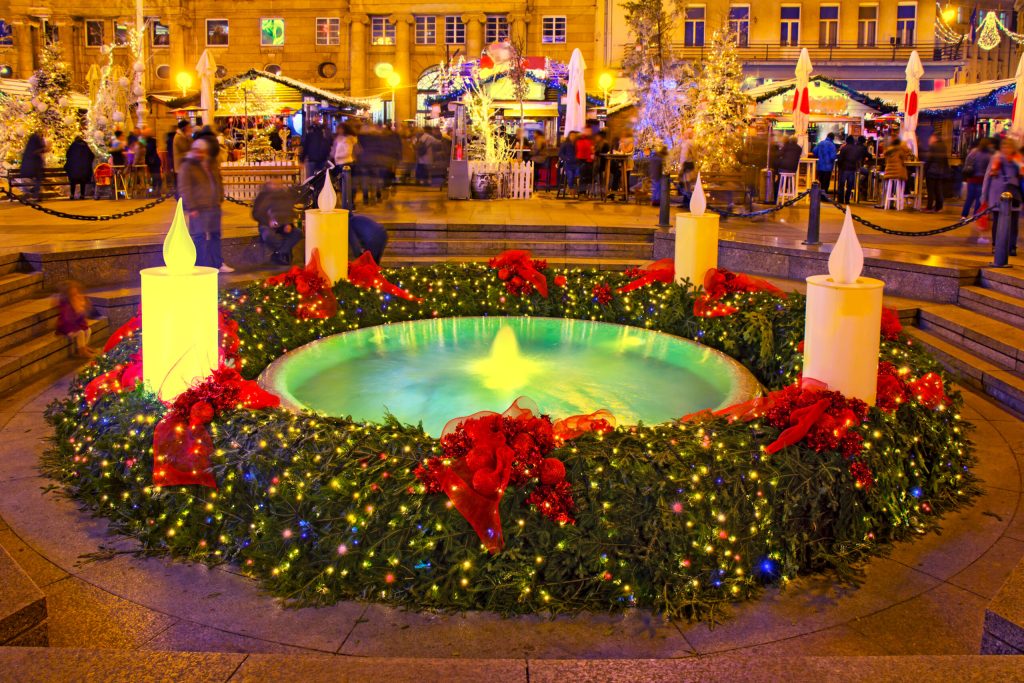
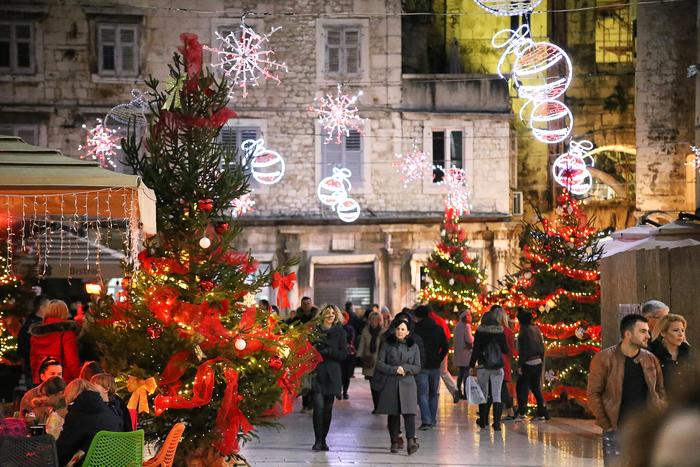
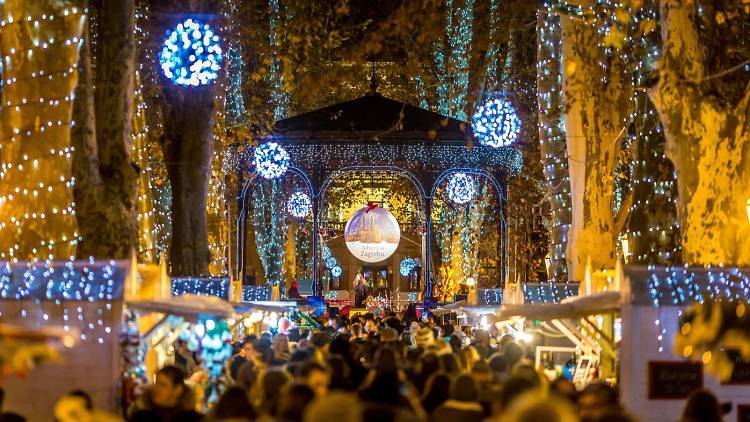
- RUSSIA: Christmas is celebrated on January 7th. Festivities are mostly linked to the New Year celebration. Usually, there is a New Year’s Tree with different decorations such as balls, toys, cones, lights and a star on the top.
- December 31st Russians watch the movie ‘The Irony of Fate’. It became a part of the holiday’s tradition.
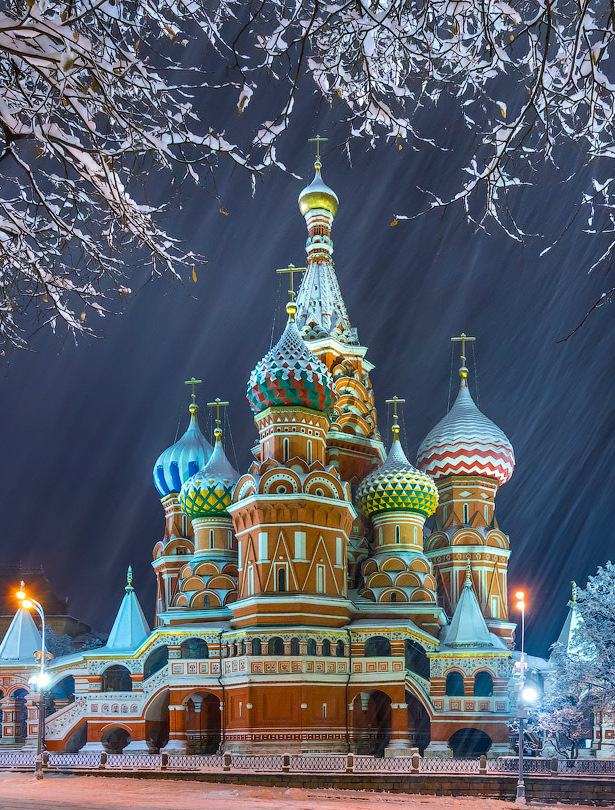
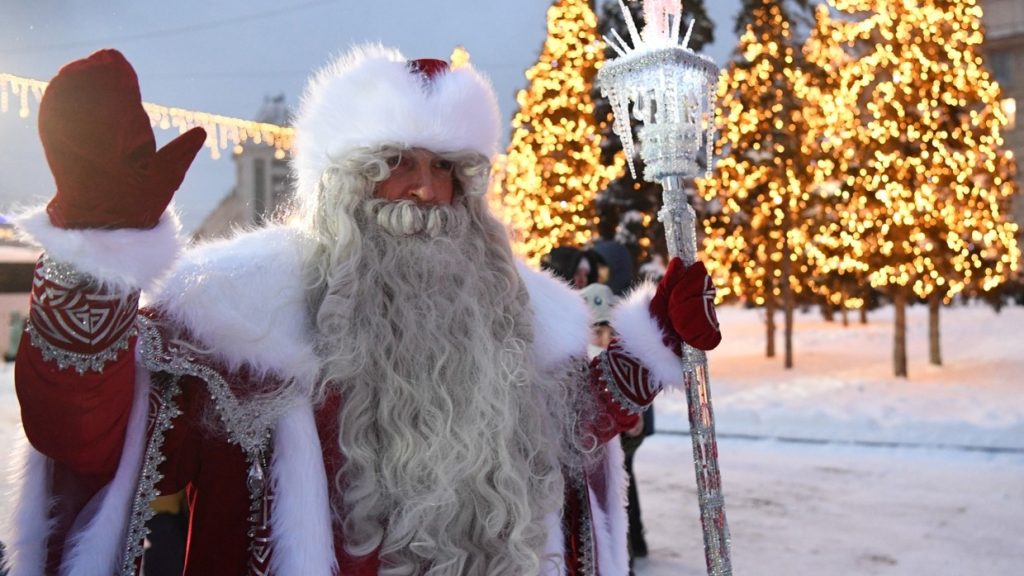
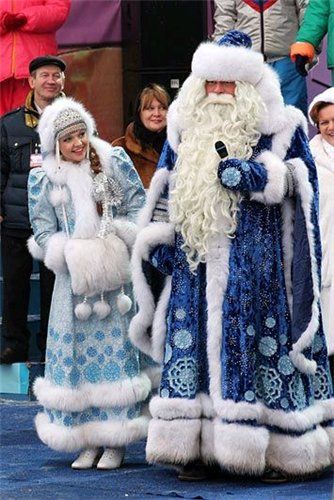
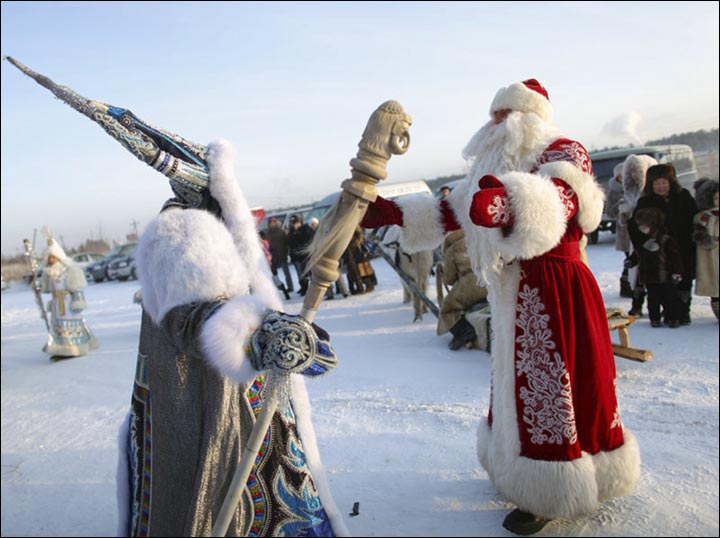
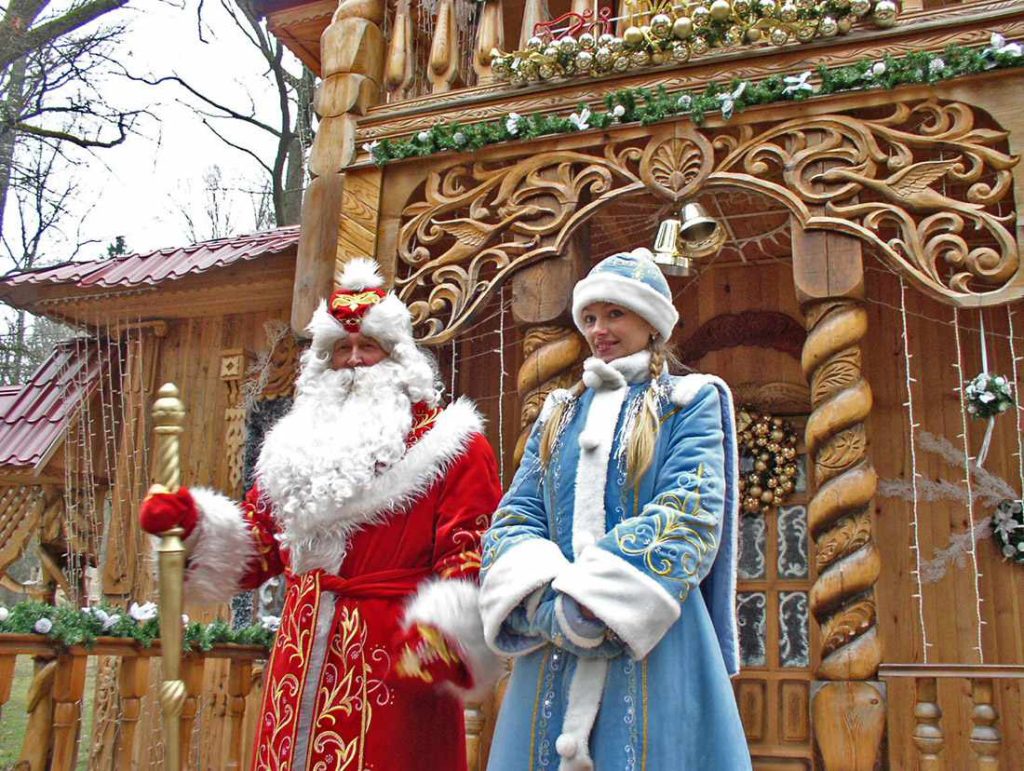
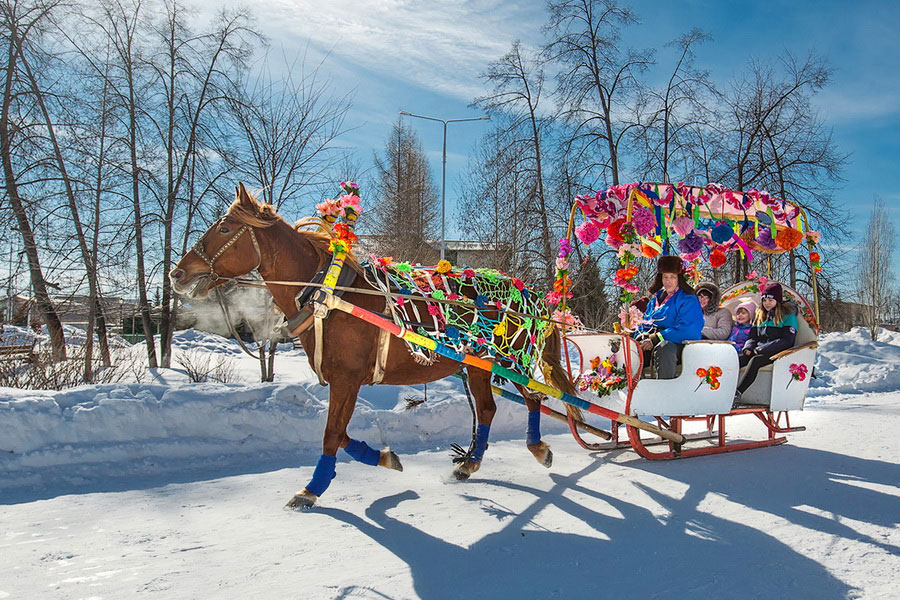
- BETHLEHEM: celebrates Christmas three times a year, according to Christians three different churches.
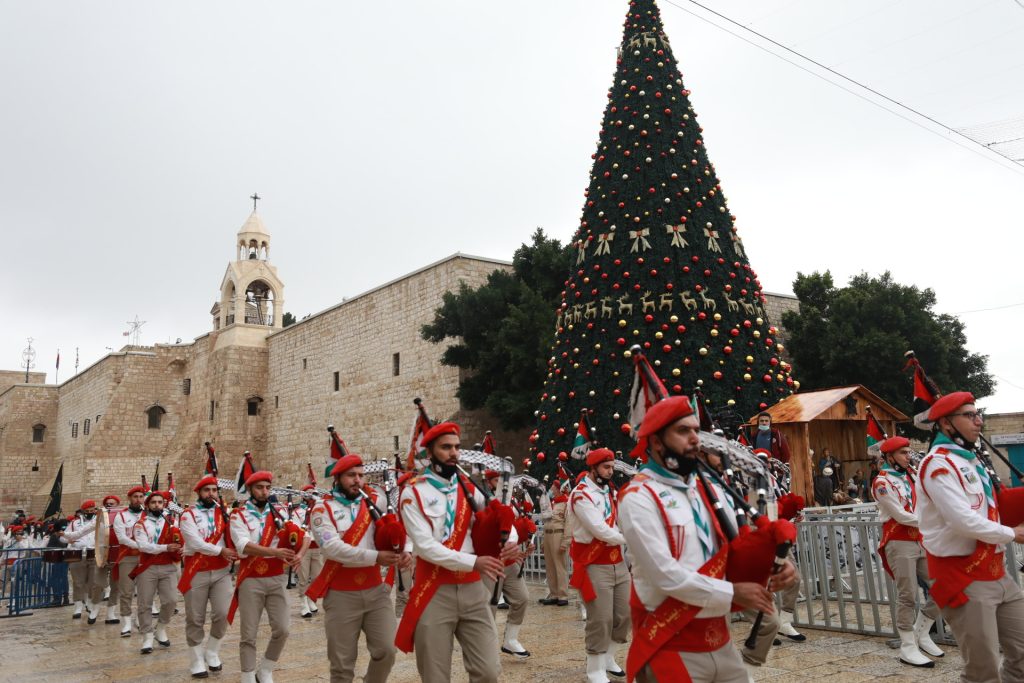
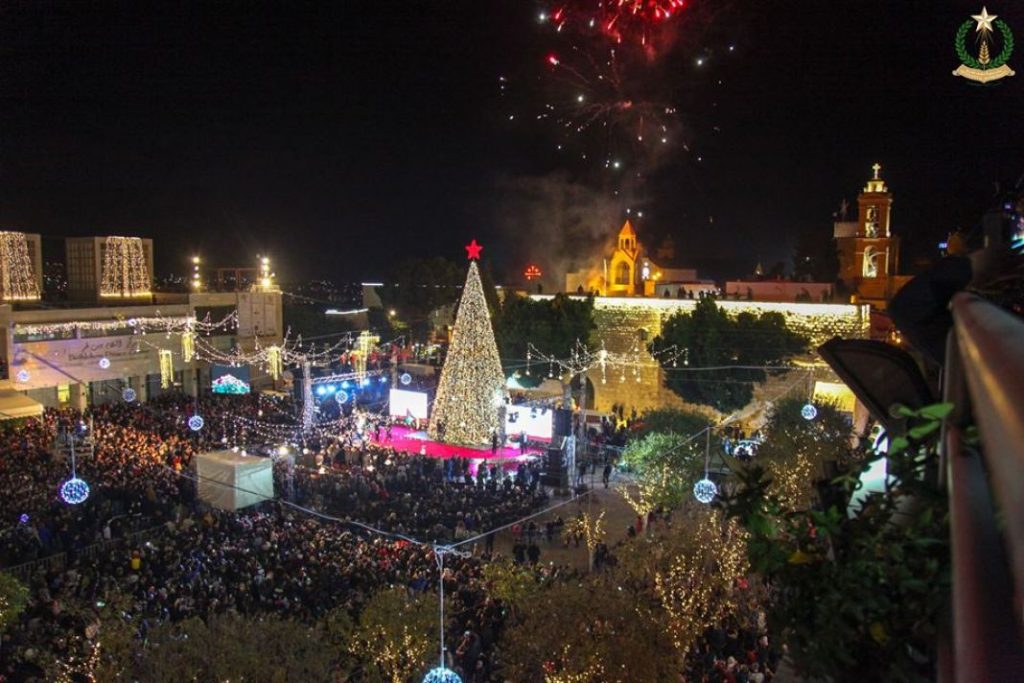
Christmas Fun Facts
- A Facebook study in 2010 revealed that two weeks before Christmas is the most popular time for couples to break up.
- It is a tradition in Japan to eat KFC for Christmas. Orders must be placed two months in advance.
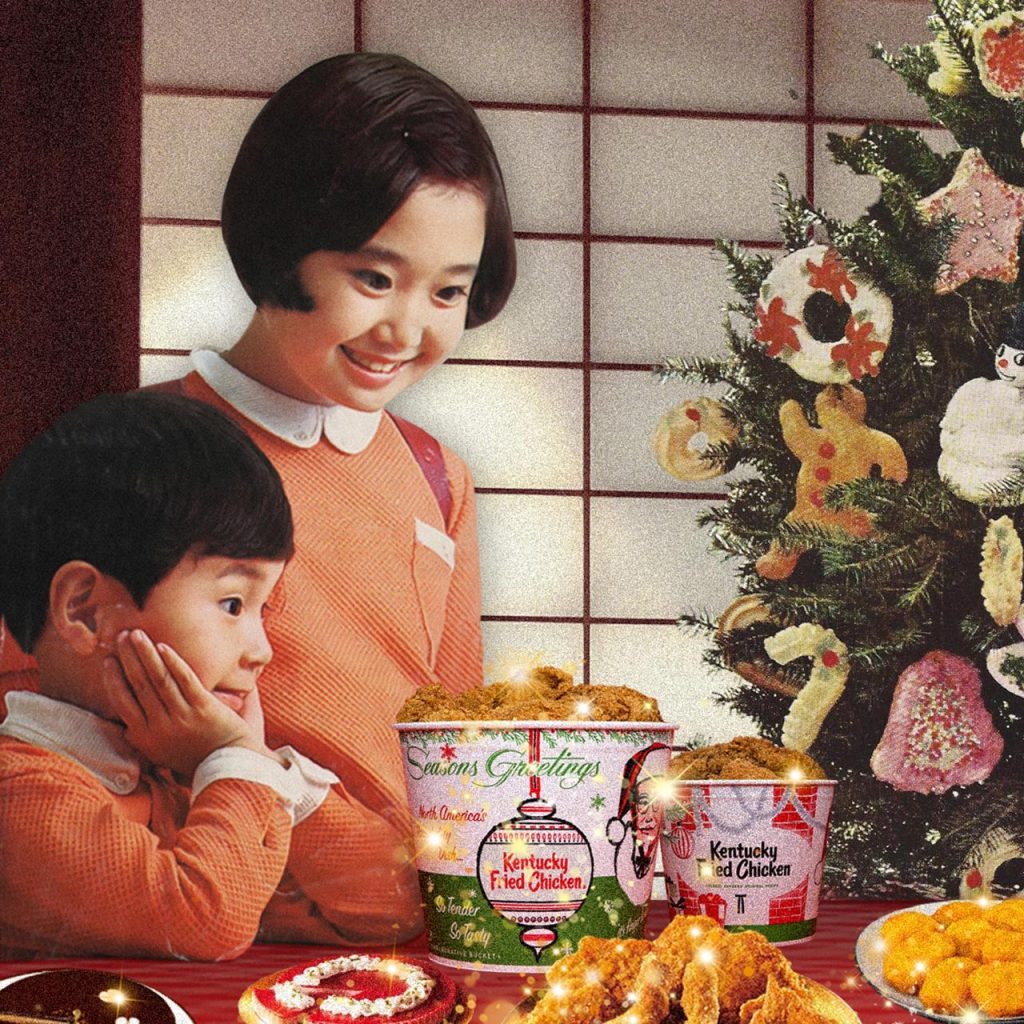
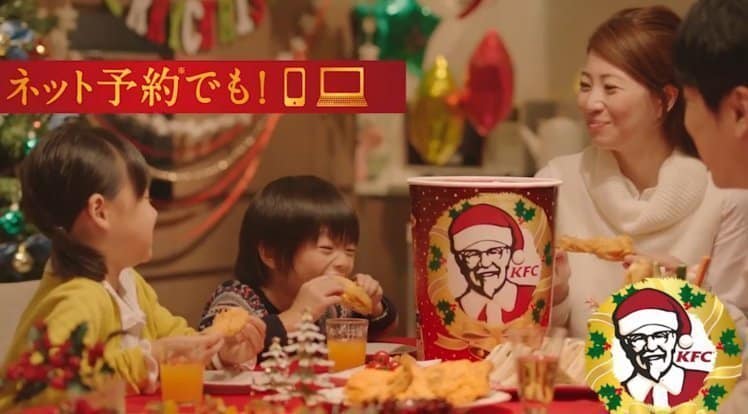
- 1 in 3 men wait until Christmas Eve to do their shopping.
- In 2012, 15,000 holiday decorating injuries were reported during November and December. 34% of all injuries being falls.
- The biggest display of lights ever made was in Australia. It has 1,194,380 LEDs covering 3,865m2.
- The city of Vancouver, Canada claims to be the birthplace of the first “ugly Christmas sweater” party.
- The word “Merry” in Merry Christmas was not always accepted because being merry used to signify slight intoxication.
- In 1980, the highest selling Christmas toy was a Rubik’s cube for $1.99. It now retails for $10.
